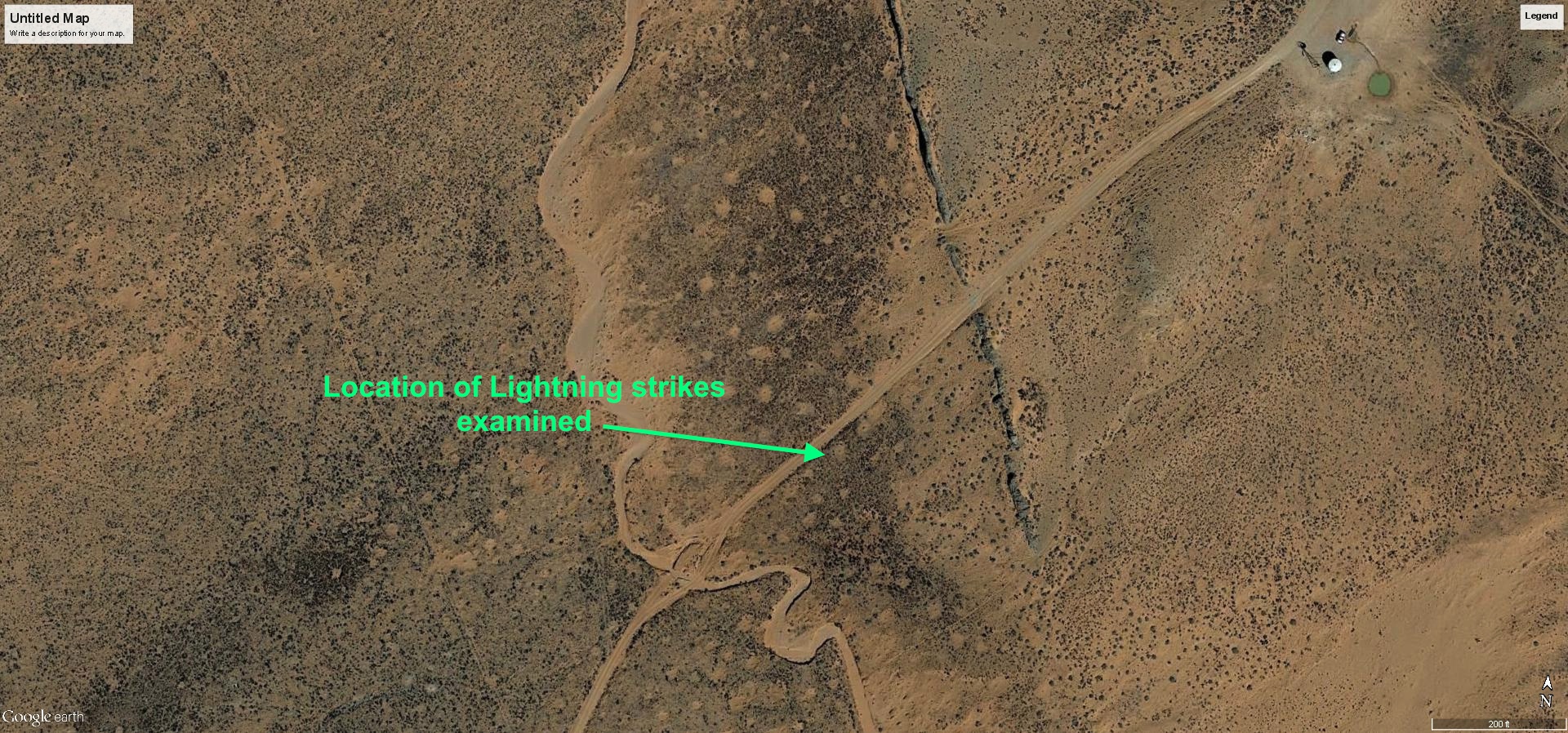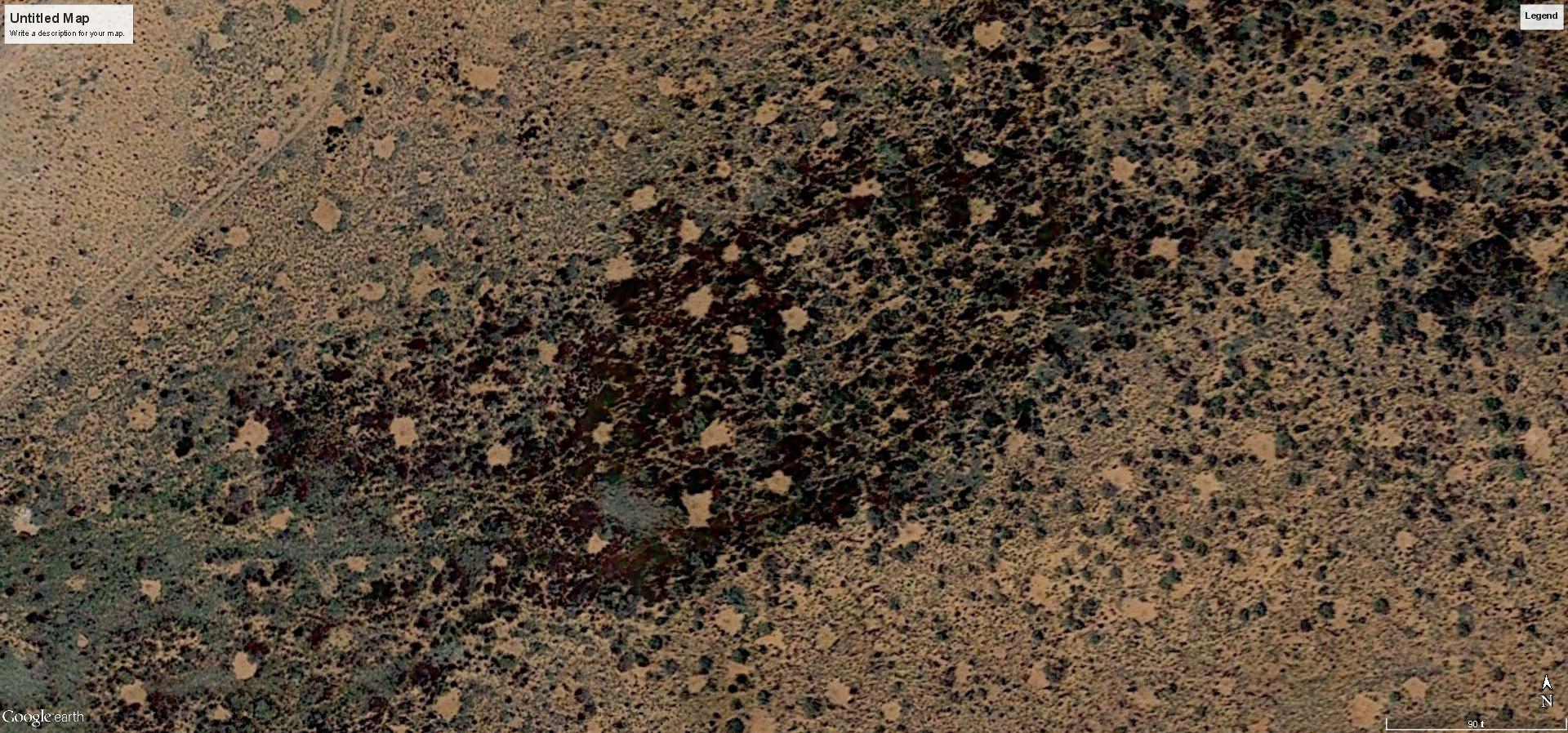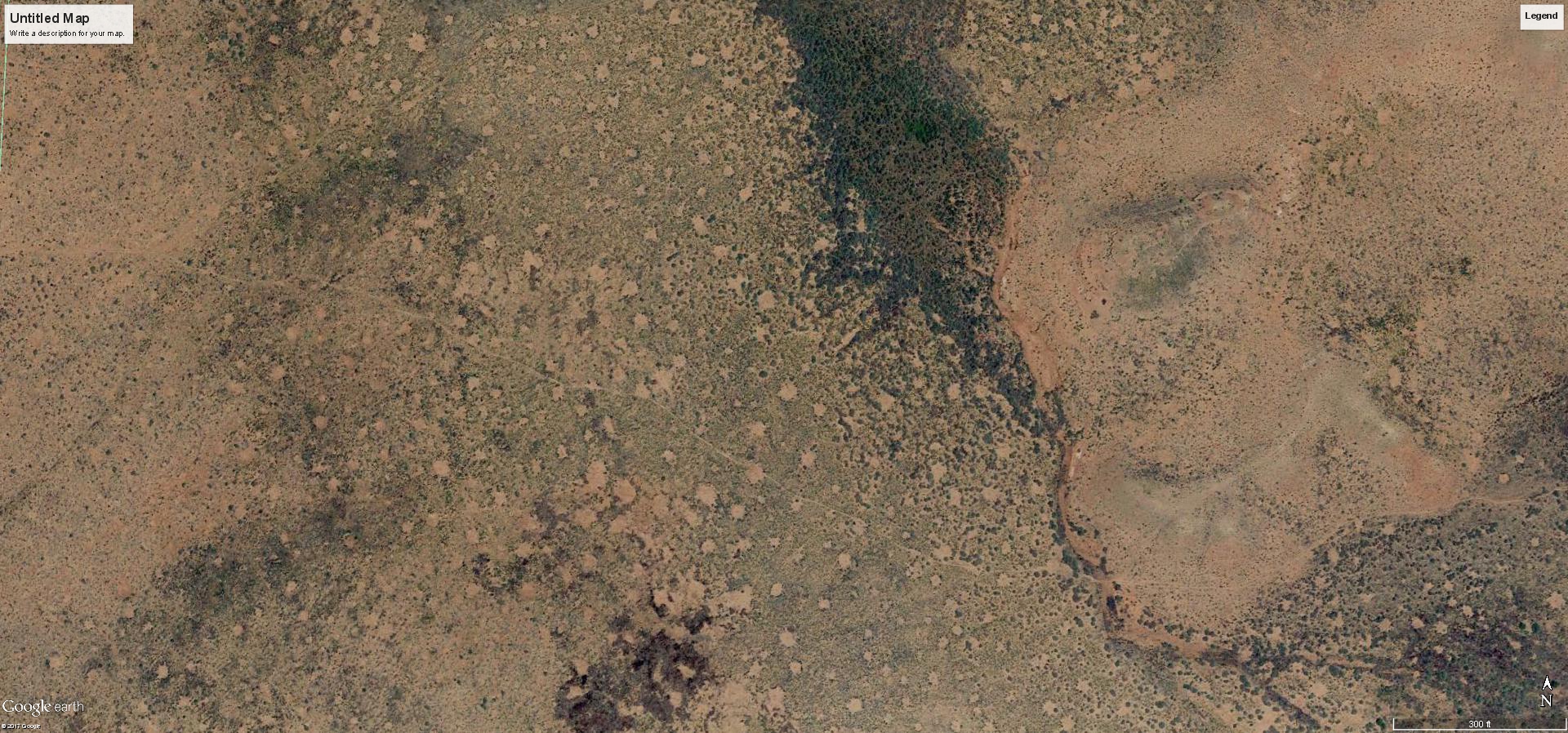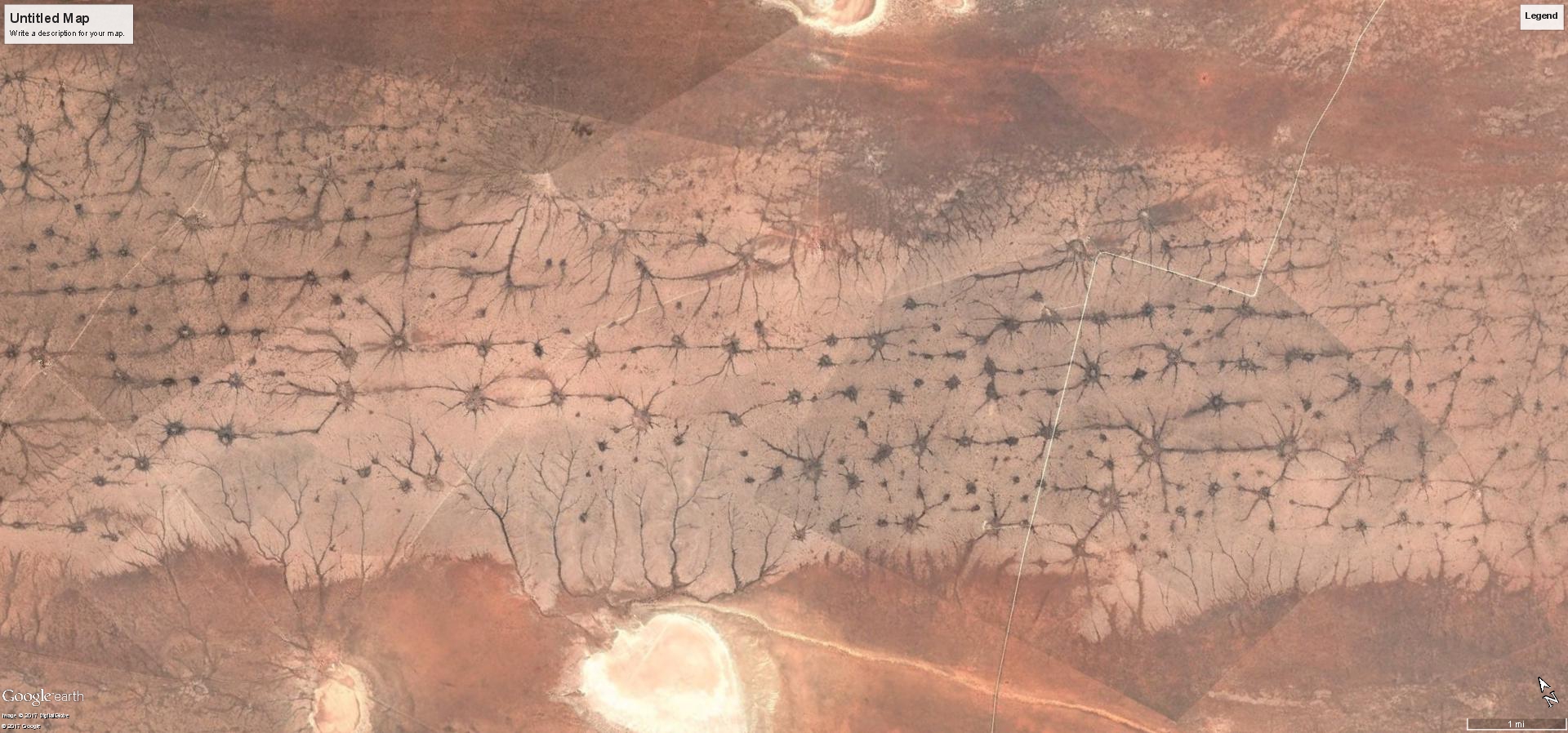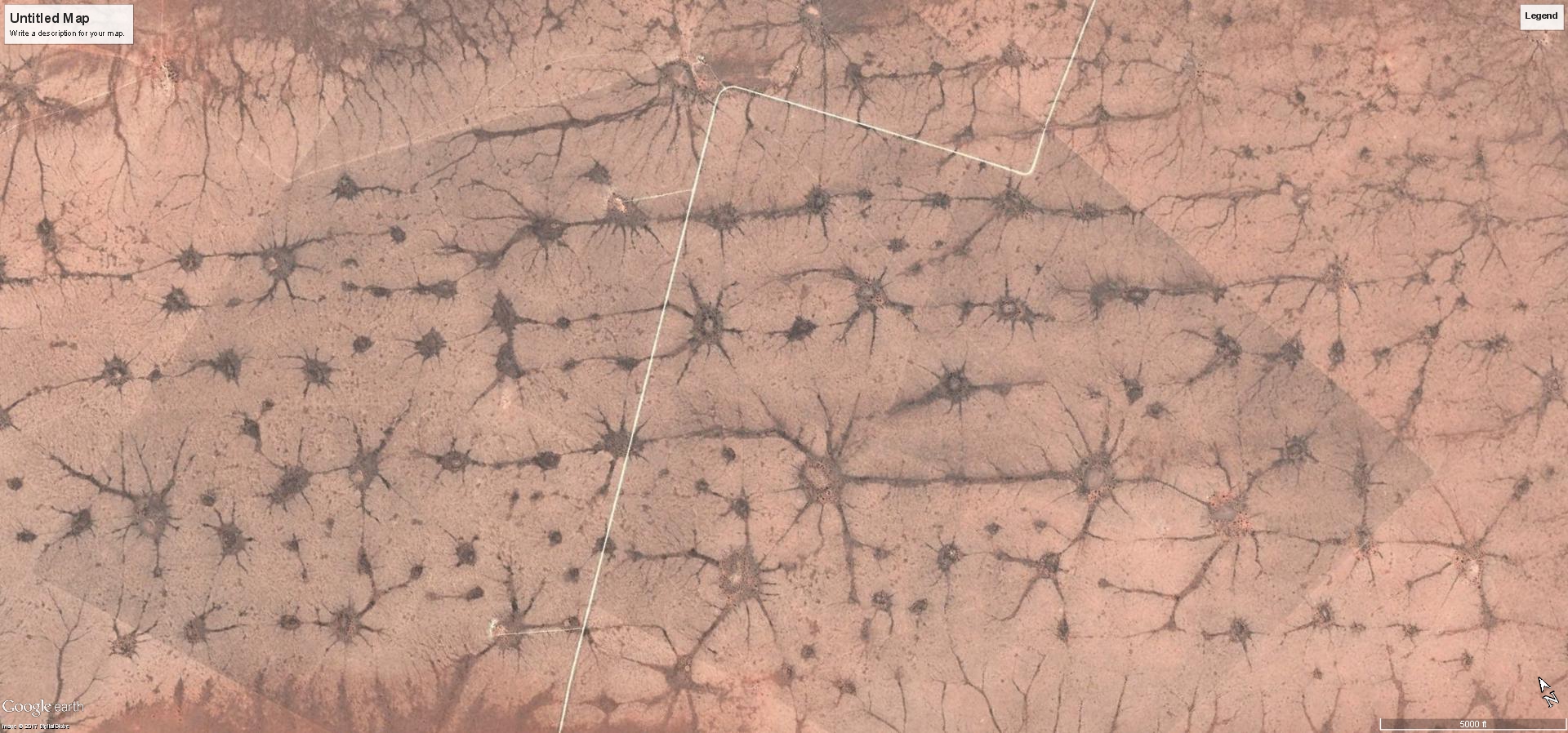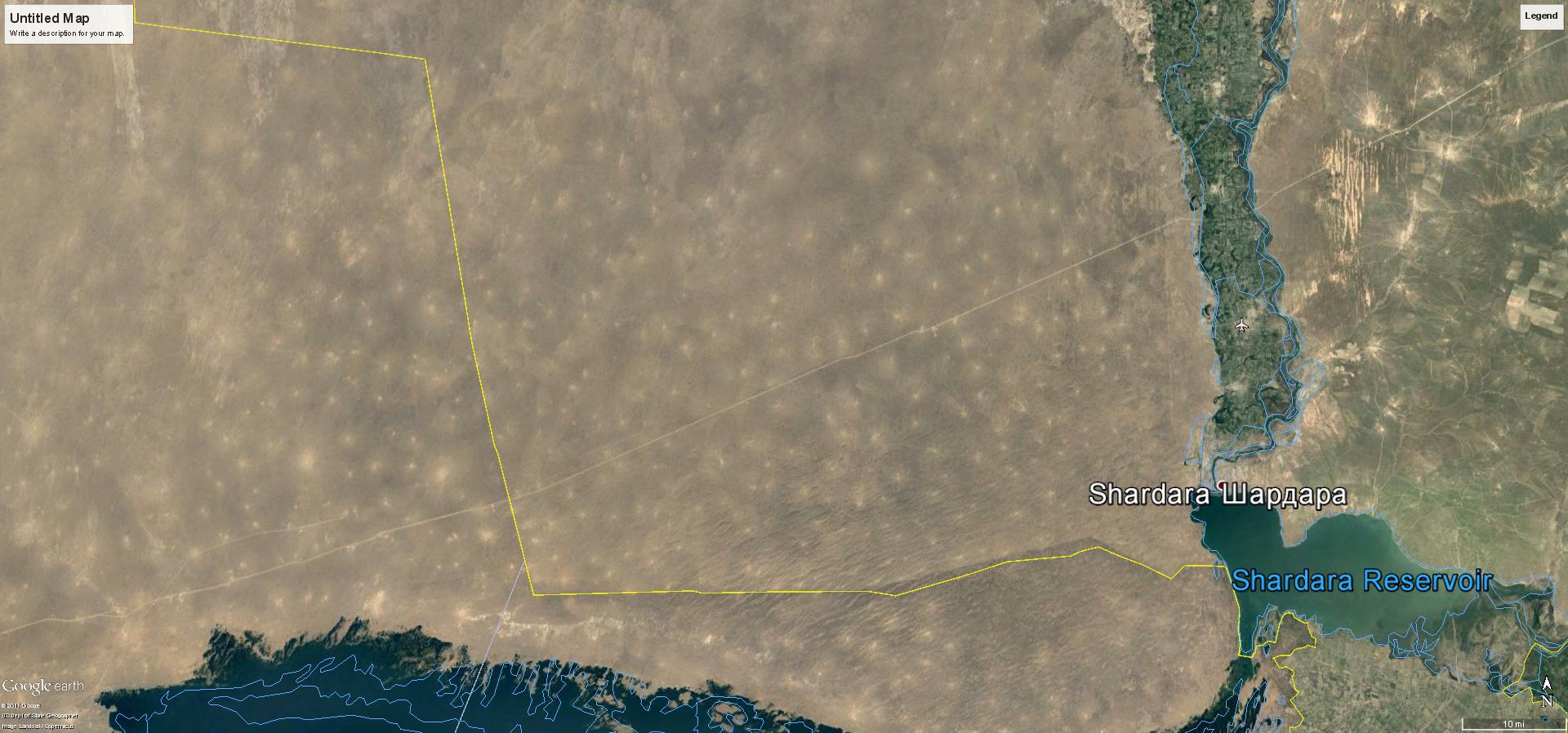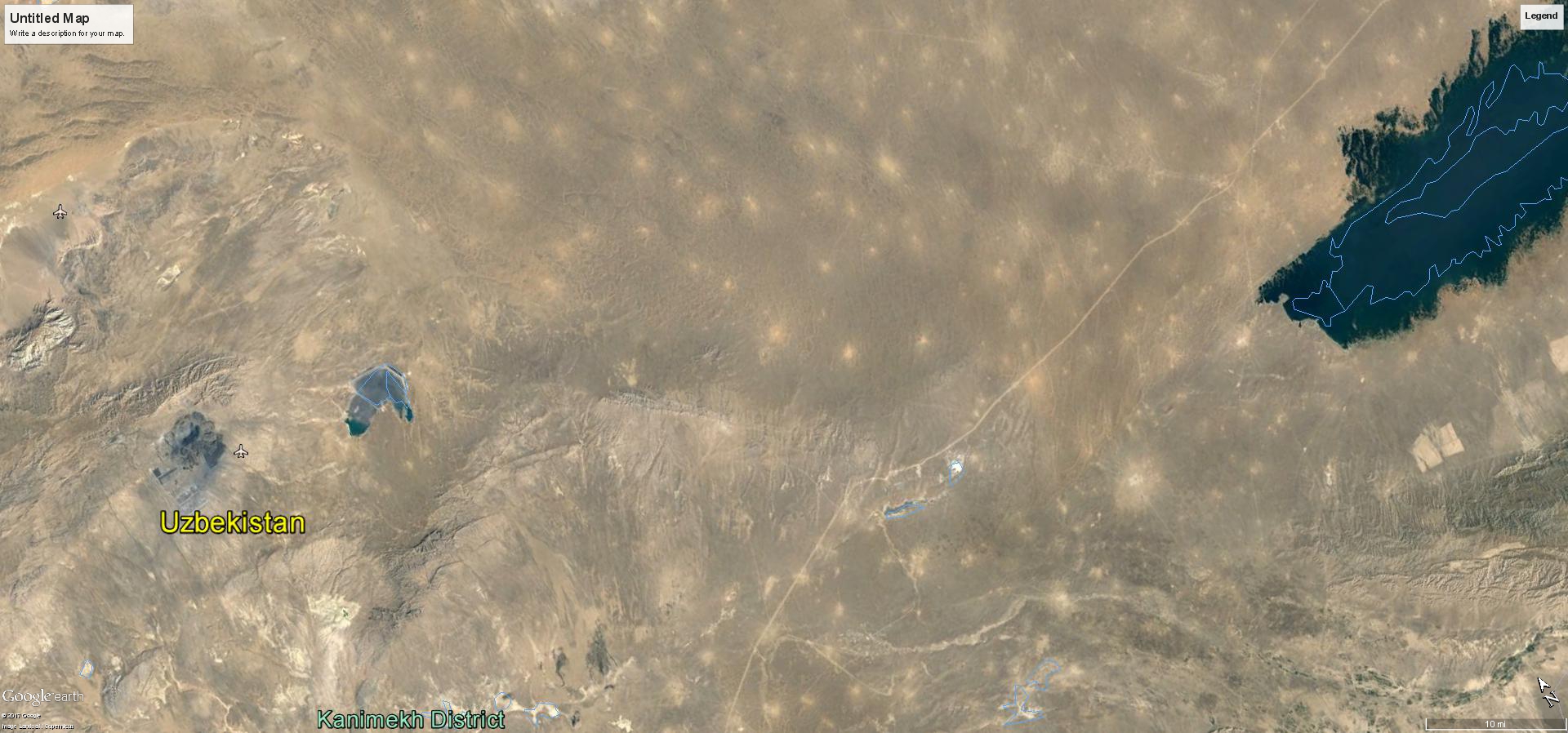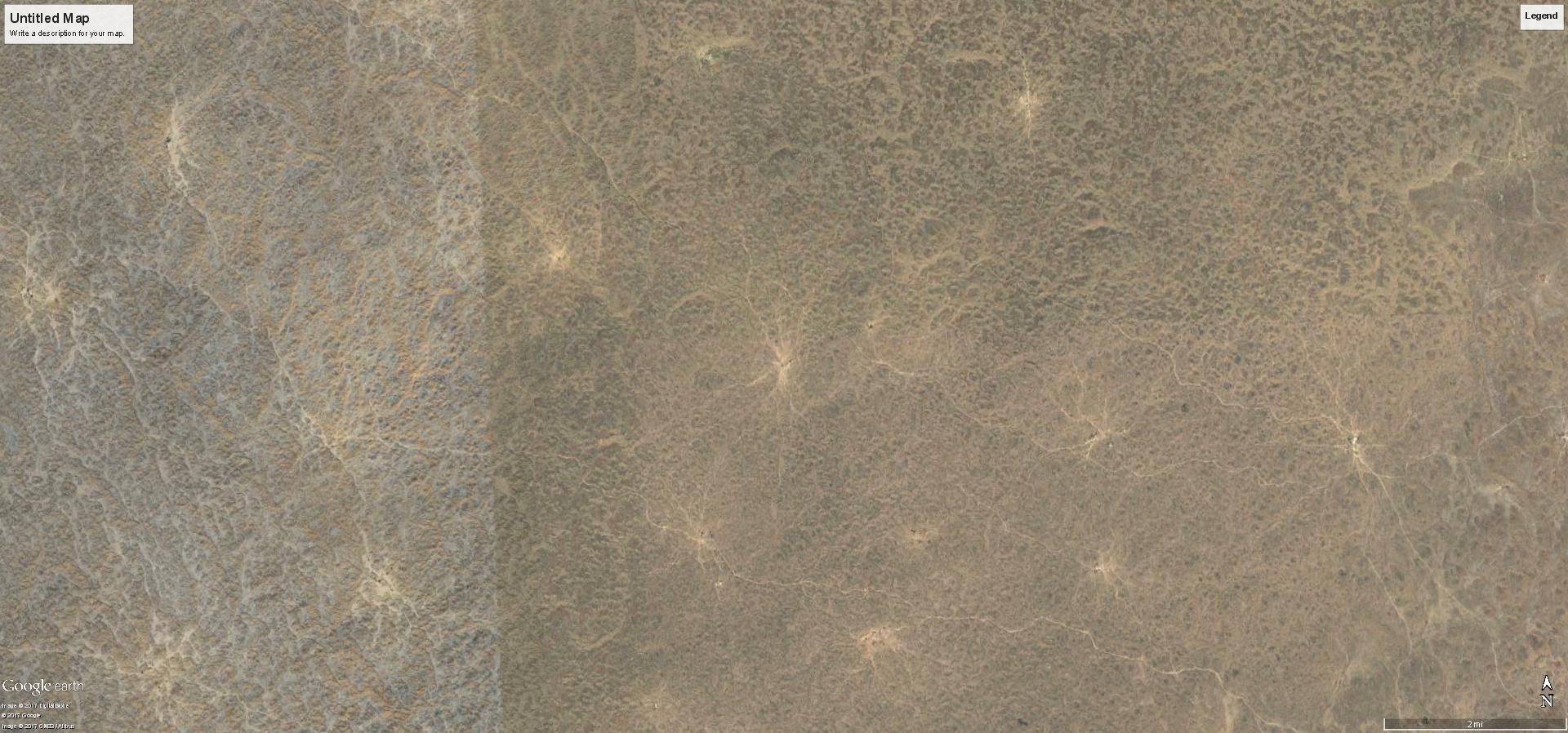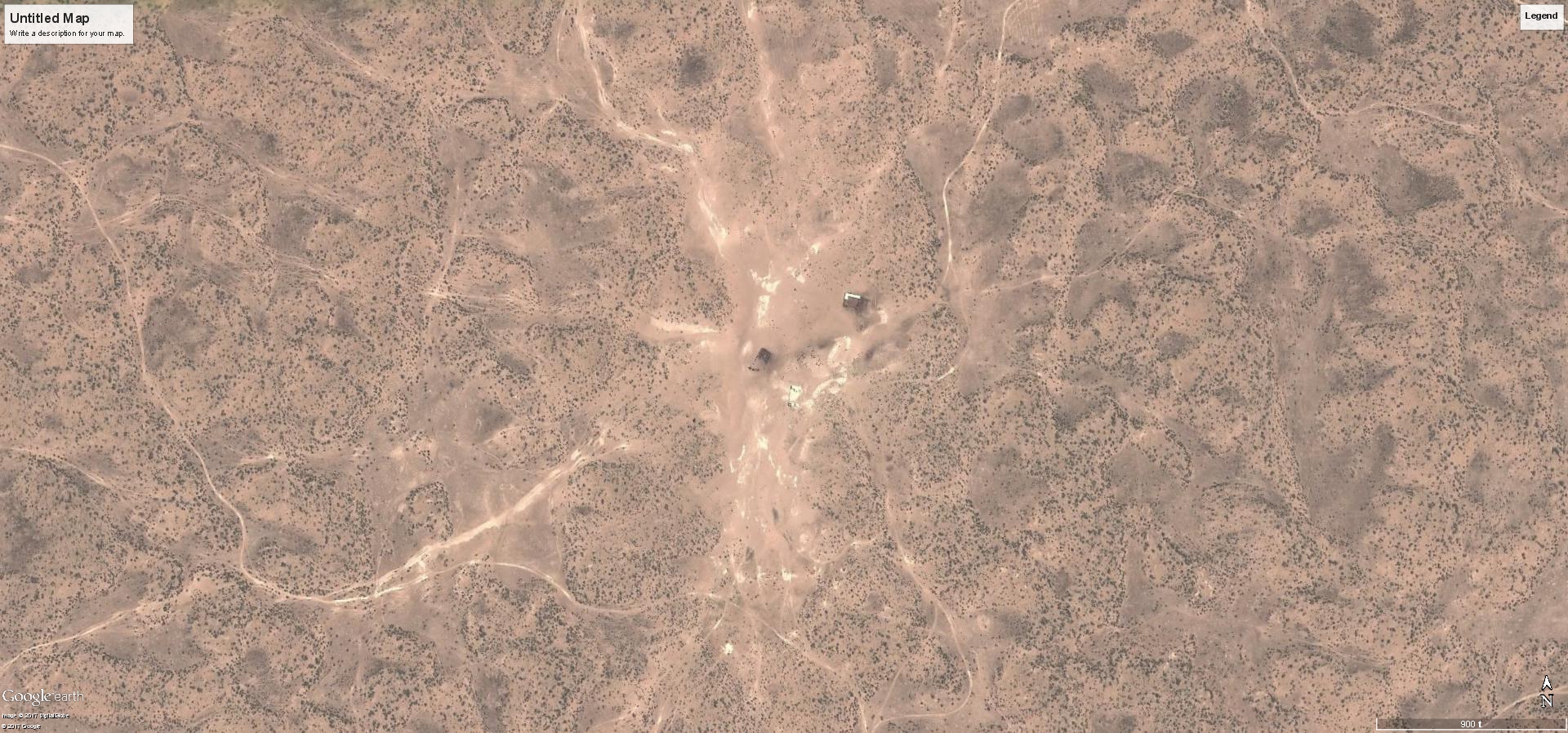When the leading edge of Hurricane Hilary approached the Borrego Desert, I watched from a high vantage some miles away. A line of thunderheads organized into a mothership super-cell that exploded with frightening power in the dark hours before dawn. Once it began, it stayed lit for twenty minutes, like a giant glow-plug. Sparks crazed it’s clouds and licked the ground, while a constant flame burned within.
The explosive encounter was as much about the land as it was the clouds. Like a Tesla coil, the ground was part of the circuit of the storm. It was the land’s response to the hurricane at that place – the Borrego desert – that polarized the energy, amplifying the clouds into an arcing demon.
The sight hinted at scenes our ancestors recorded in myth and petroglyph. The archetypes of major religions, past and present, largely consist of anthropomorphized interpretations of plasma events and phenomena. Not only the event, but equally important, the location it was witnessed is immortalized.
For the moment, set aside whether you believe in gods, demons, or aliens. Ancient people believed. If we want to understand the message they left, we need to re-imagine the context for it.
Dr. Anthony Peratt demonstrated that ancient petroglyphs depict plasma instabilities in the Earth’s plasma-sphere. Specific discharge patterns such as “Squatter man” and “Jacobs Ladder”, to name two of the most prominent, are pecked into the rocks on six continents in identical form and context to verify that some global plasma event took place roughly 12,000 years ago.
The Squatter-man image is of a glowing plasma current forming toroid rings. The rings are known as “reactive currents”, formed by magnetic and electric field induction circulating around the central discharge. The central discharge is a current following the field-lines of Earth’s own, amped-up magnetic field.
What Dr. Peratt doesn’t discuss in his work is the consequences to Earth’s weather beneath those descending arcs of glowing plasma. After all, one must realize magnetic field-lines have no ends. They are electromagnetic interference patterns generated within the Earth and make continuous paths all the way through. Peratt’s instabilities were auroral currents similar to the polar aurora we experience today, but amped-up to the point they glowed along the field-lines much farther from the poles, appearing higher in the sky and visible around the globe.
Much of Earth’s circuitry is internal and unknown. Electrical discharge patterns and how they occur on planetary bodies provide the most outwardly obvious clues. It is electrical discharge that makes and patterns planetary crust, weather and atmospheric phenomena, and it’s what is portrayed as the archetypical demi-gods, demons and alien craft in the various narratives.
The atmosphere and crustal surface present a unique interface to electric currents. It presents an enormous resistance to the current. Also, the plasma physics of near-Earth space becomes quantum chemistry in the atmosphere, and solid-state diffusion in the crust. And charge densities follow geometries shaped by the interfaces, which influences the shape of discharge and its effects. The evidence is in the geology of Earth’s crust, where the electromagnetic effects left undeniable patterns, and in the patterns of weather even today, although it’s operating at a much lower wattage.
We’ll talk specifically about discharges that occur vertical to the plane of the ground, as in cloud-to-ground lightning, which strikes normal to the ground and leaves a pattern such as a crater. Some types of planetary discharge display different aspects of magnetism and reactive power because they are not oriented perpendicular to the ground, like cloud-to-cloud, or ground-to-ground arcing. Those are point-to-point connections that have a different return path in the circuit. Today we’re examining radial discharge from the sphere of the planet, which produces coaxial discharge circuits, where the discharge and return path share the same space.
This is important, because we tend to think and work in terms of Euclidean geometries. Spherical planets are spherical capacitors that produce spherical E-M fields that move currents around in spherical geometries. Straight lines projected on a sphere are no longer straight, they become geodesic, parallel lines are no longer parallel and geometries become distorted.
This leads to tessellation of plasma structures in a spherical capacitor, as charge separates into cells. Interference patterns of compression and rarefaction in a charged atmosphere leads to negative charge in plasma separating into cells surrounded concentrically by positive charge, or vice versa. Given the spherical geometry of planets, these form as tessellation cells in the atmosphere and crust.

Tessellation cells are what shape charge accumulation and separation, and produce various atmospheric and crustal electrode patterns that are absolutely essential to understand the fractal shapes in geology, weather, solar storms, or any other effect of spherical capacitor discharge.

Tessellated cells are not point sources, but act like opposing electrode plates with uneven, pulsing energy. In conductive layers of the atmosphere, tessellation cells will contain a volume of charge that forms an electrode. Electrodes will stack naturally, due to the mirroring effect of capacitance to form segmented, polarized columns. Charge distributions at one end of a cell mirror charge distributions at the other in opposing polarities. This forms the pagoda-like structure of a coaxial, stacked capacitor, with it’s base grounded to Earth and it’s column extending to the plasma-sphere, sheathed by it’s own magnetic field.
This structure is the segmented, or one could say corpuscular electromagnetic domain where atmospheric discharge occurs. In terms of an electrical circuit, this is the same corpuscular structure that forms coronal discharge from the Sun. Tessellation cells are what shape anode tufts, as anyone familiar with the Safire Project has seen. It is the structure of Earth’s own coronal discharge and all spherical capacitors, including all the stars, planets and moons. Not all of it is visible to the naked eye on Earth, as it is largely composed of drift currents. The arcs and glows from discharge we see is only a fraction of the action.
But ancient time were different. They lived at a higher potential, which means a higher frequency, when ionization occurred more readily and the sky glowed as a result. Glowing tessellation cells – electrodes in the sky, where currents collided, emitting patterns of light – are the evidence.
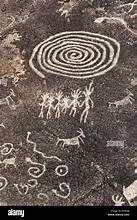
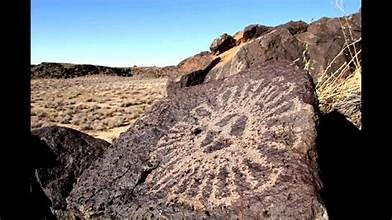

Charged, glowing plasma forming circuits in and around tessellation cells are what these ancient petroglyphs represent. In fact, tessellation patterns usually accompany squatter-man glyphs. Squatter-man is the vertical column of a discharge from Earth, and the tessellation cells are the footprint of the discharge columns on the ionosphere and layers of atmosphere. Its proof the sky was going crazy. It’s also evidence that the Electric Universe is correct, and the weather is 100% caused by circuitry.
The story is one of a sky ablaze with energy, not from angelic haloes, alien craft, asteroids, or comets. It was from the Earth itself, amped-up with potential by another “Velikovsky”-type electrical source. Perhaps the Sun. There are several processes to unpack what took place, and how it relates to petroglyphs, lightning and geology.
Tessellation is an aspect of standing-wave interference. It’s a geometric way to map the topography of interference patterns. Standing waves in a plasma store and release energy in cross-currents of induced reactive-power formed in oscillating magnetic and electric fields, which meet perpendicular to each other. These fields conform with the geometries of tessellation patterns because charge densities conform with the compression and rarefaction patterns in the atmosphere. It’s magneto-hydrodynamics in a weak atmospheric plasma.
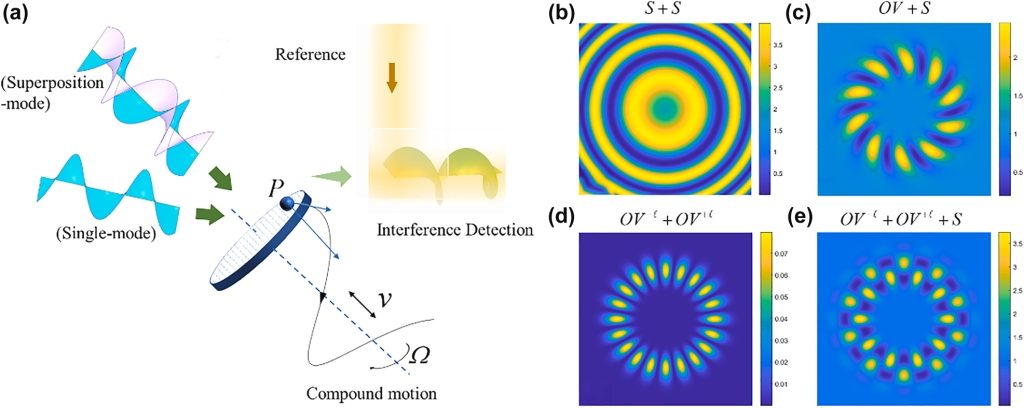
Tessellation cells vibrate to form standing waves within standing waves. This can go on forever, by the way, with frequencies within frequencies making standing waves within standing waves in fractal repetitions, creating complex tessellation patterns.
Tessellation will produce a variety of geometries including polygonal, spiral, radial, polka-dot and linear patterns. They can become unstable, transient patterns, or stable, standing wave patterns. They can fractionate into multiple holographic echo patterns in lateral cells. However, there are several influences that lead to certain tessellation patterns that can be found repeatedly in cloud formations, geologic structures and elsewhere in Nature.


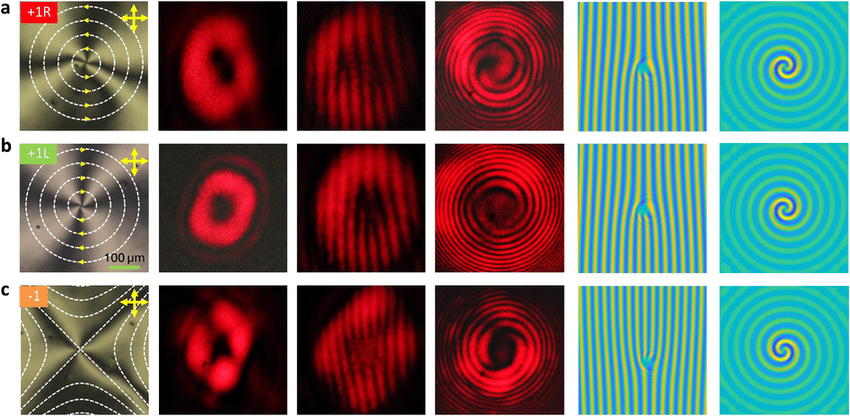

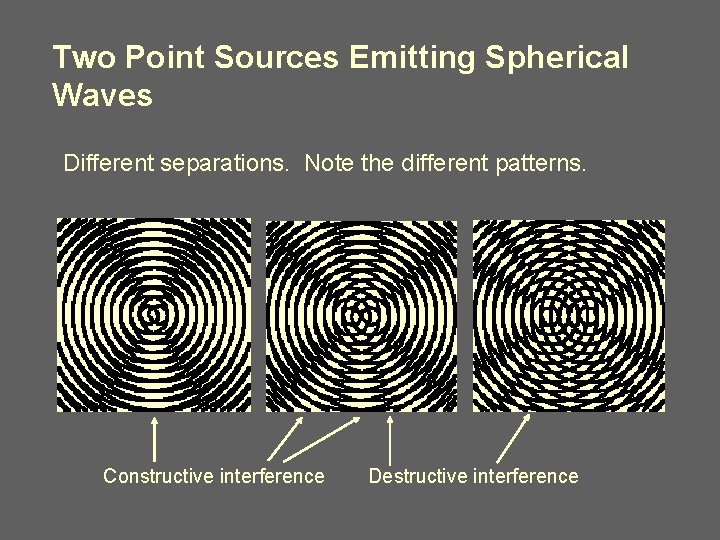
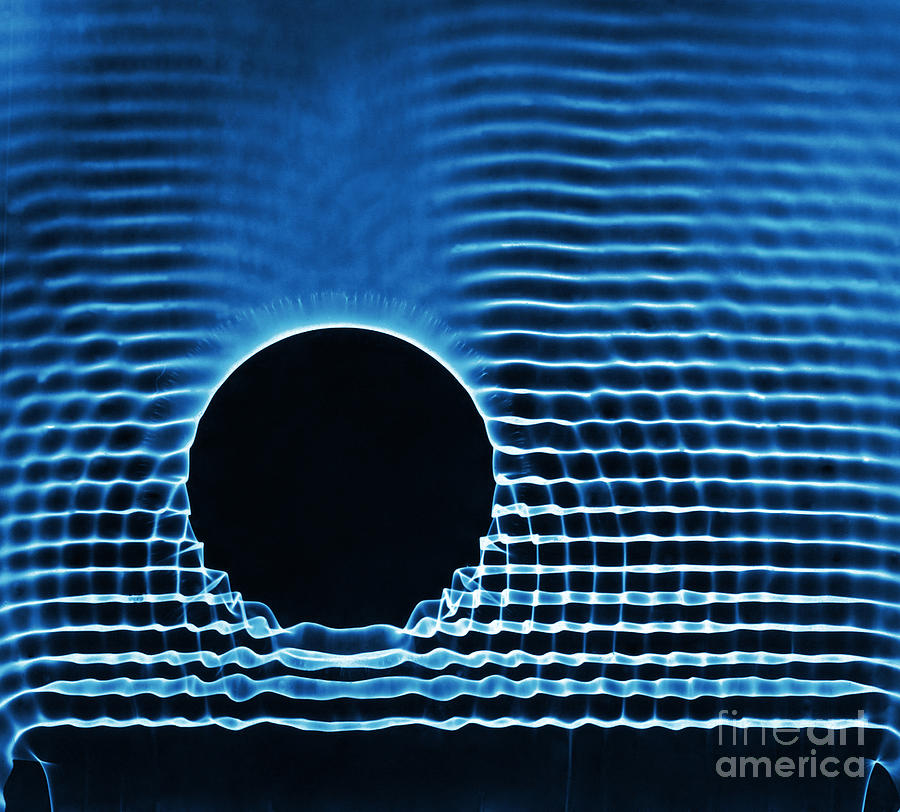
They are responsible for the array of spiral, concentric ring, checkerboard and fluid-maze petroglyph images pecked into the rocks. The ancients witnessed these glowing, sparking patterns in the sky and considered them messages from the gods.

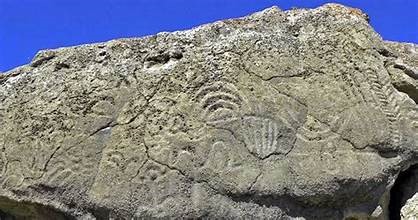




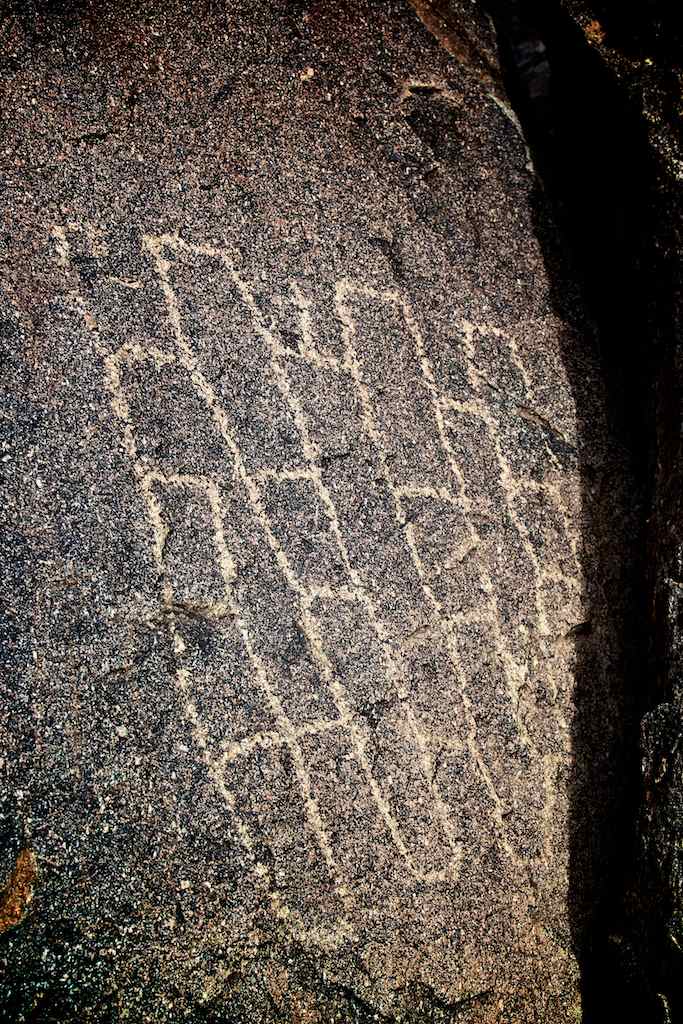
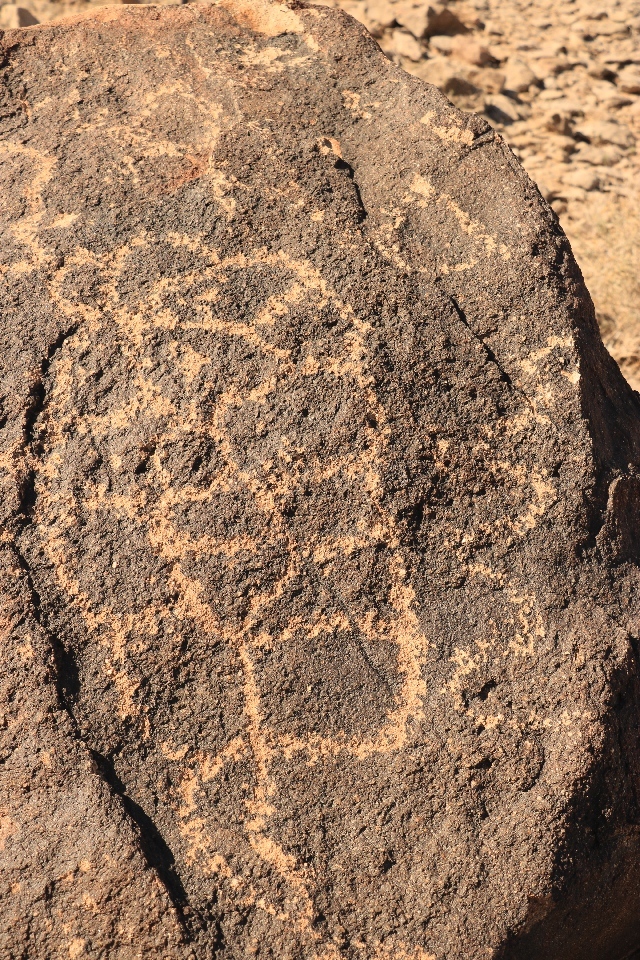
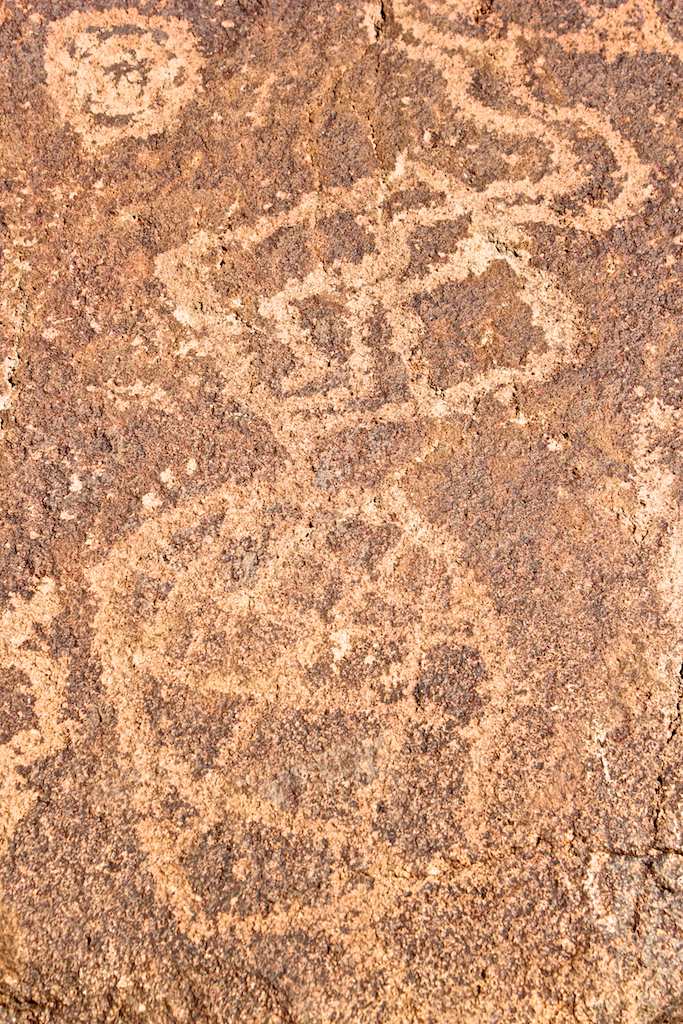
Glowing patterns in the ionosphere were from a high energy event, like the aroura that commonly occur at the poles. The reason aroura discharge looks like curtains of light is because the light is produced by glowing, tessellated cells. The Birkland currents that reach Earth pass through tessellated atmosphere.


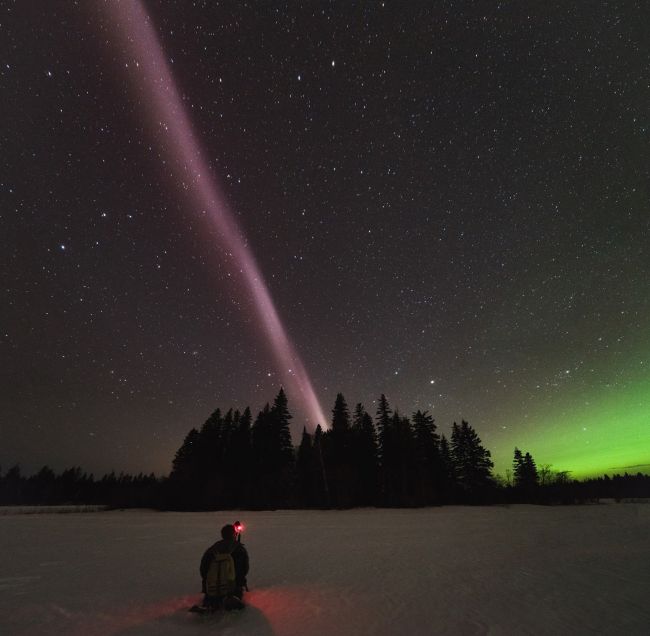
Everyday weather is patterned by tessellation also, but with more subtle energy. We’ll review a few examples of tessellation in the clouds. Geologic regions of Earth display the results of sputtering, glow and arc discharge patterned by tessellation during times of extreme electrical stress. We’ll examine a few examples. Moon craters are the footprint of tessellation cells, as are Earth’s craters and some of it’s mountains. We can deduce cause and effect that creates these various conditions because it can be reduced to the pure logic of circuitry.
Once a tessellation cell forms an electrode, another forms naturally by capacitance in vertically adjacent, charged layers of atmosphere attempting to mirror the first layer. These layers form in opposing polarities creating dipoles between them and forming a coaxial stacked capacitor circuit between the ionosphere and ground. Each segment in the stack has it’s own frequency, or phase in constant feedback with adjacent segments as current flows through. Phases superposition at the electrode, and therefore, can be deconstructed from the interference pattern.

The first thing contributing to the cellular pattern is magnetism, which results from moving charge. Whenever there is moving charge, as in a lightning discharge, the current establishes a magnetic field around it. This forms a columnar sheath around the current with magnetic walls to enclose “the domain”. Everywhere inside this domain electro-magnetic forces are dynamic.
The domain compresses and expands with the movement of charge through it, which pinches the magnetic sheath. A fast moving current constricts the domain hyperbolically, while a drift current leaves the domain loose. As one cellular domain constricts it draws energy from surrounding domains, which expand.
The hyperbolic shape is a consequence of dipoles rotating at different rates, and phase angles produced by reactive power interference in the process of magnetic pinch. This shape shifting is important in driving charge to-and-fro within the domain, creating cyclic patterns of induced drift currents.
Looked at in cross-section, one sees cross-currents of oscillating radial and circumferential induction fields, compounded by leading and lagging periods between voltage and current phases.
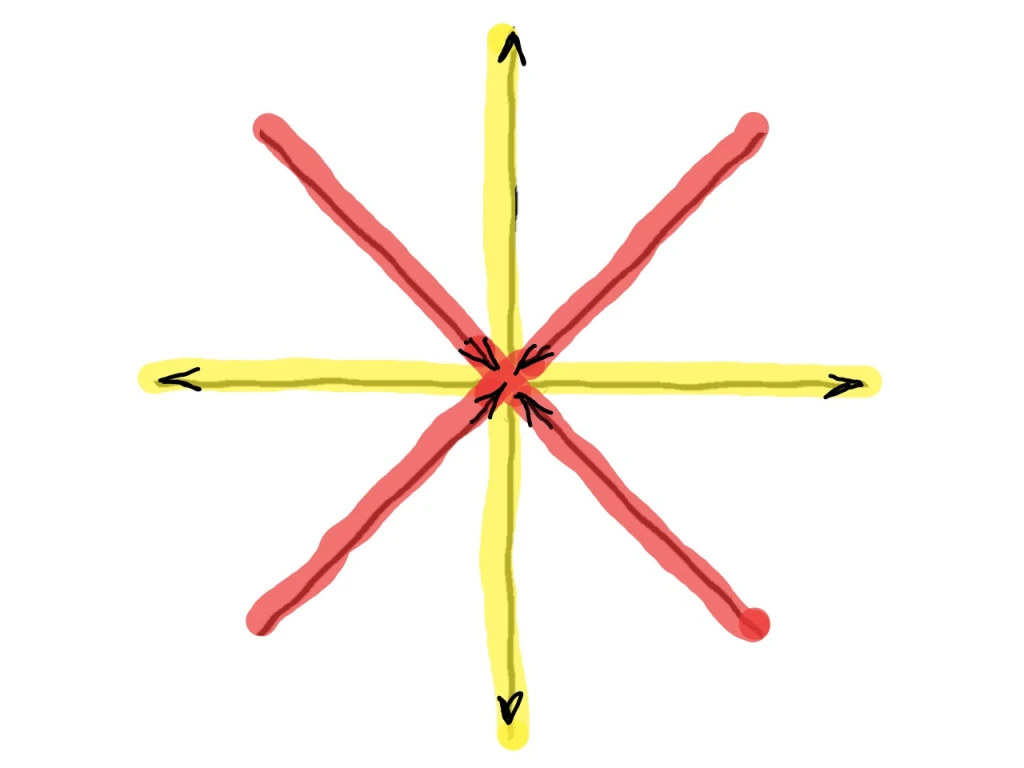
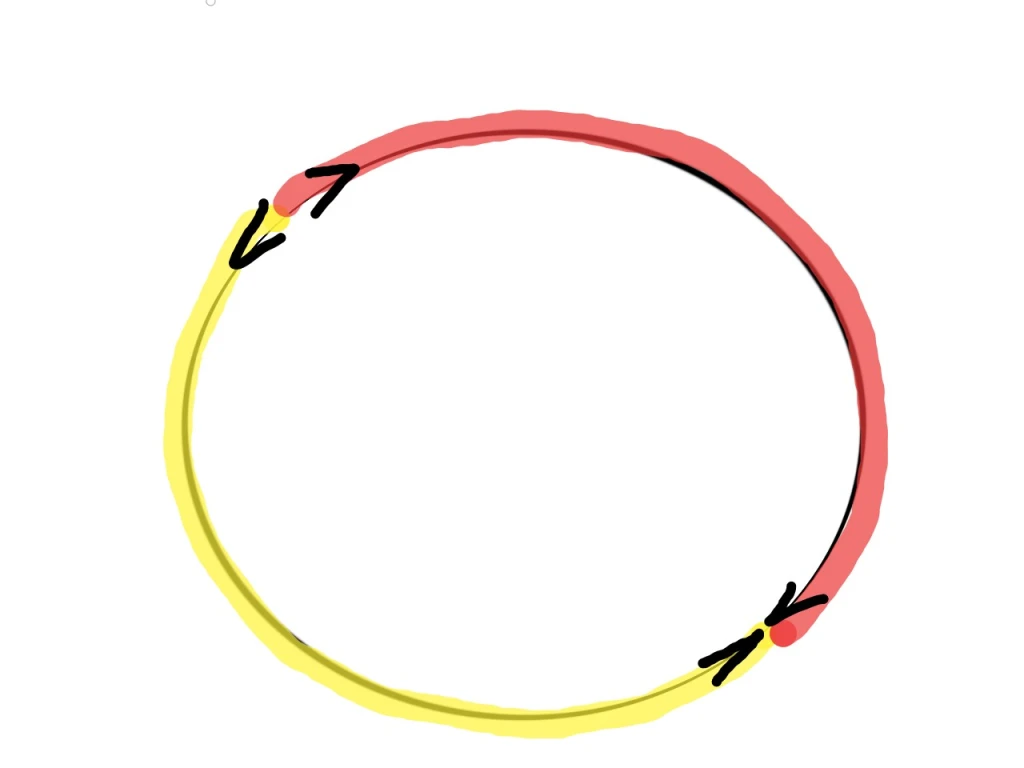
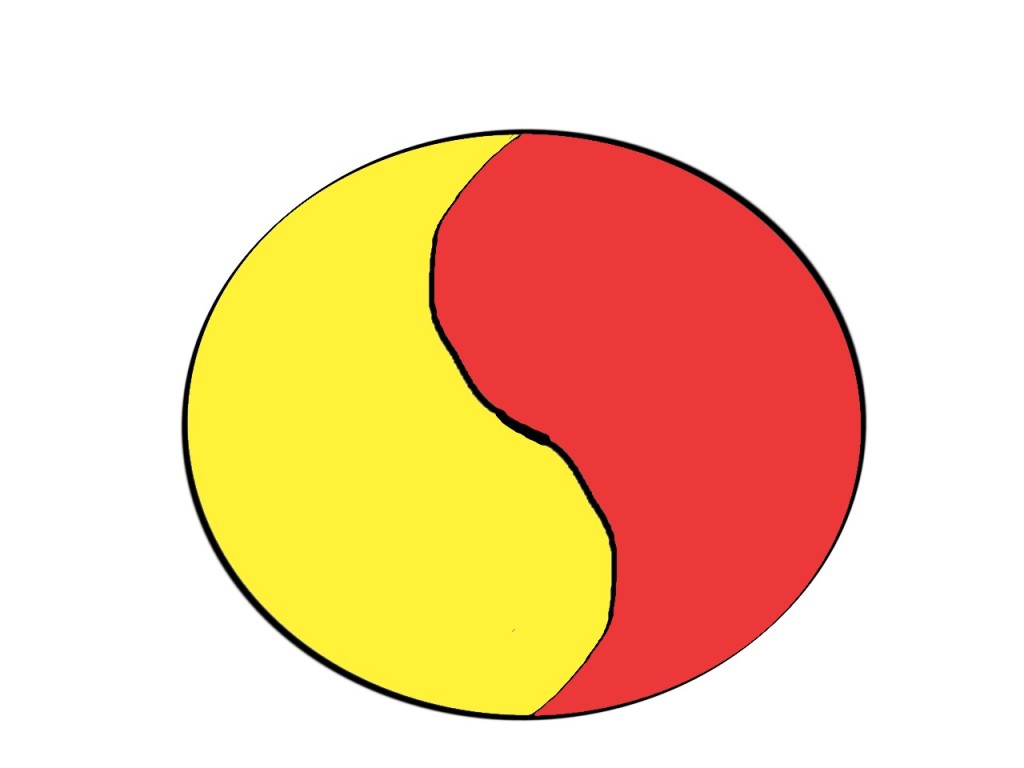
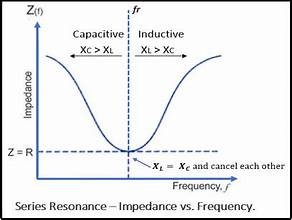

It is frequency and phase that segregates the domain column into cells, with electrodes being the interfaces. It is the superposition of phases at the electrode where the interference pattern occurs.
Electric fields move ions one way, while magnetic fields move them another way, and leading currents pattern first and lagging currents come to overlay. Repeat this in cycles, adding energy from the surroundings as available, and complex standing wave patterns emerge.
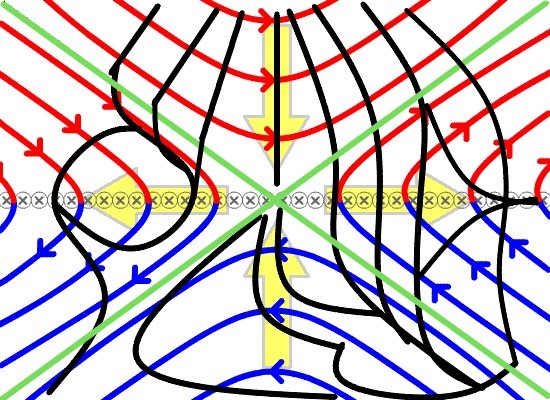


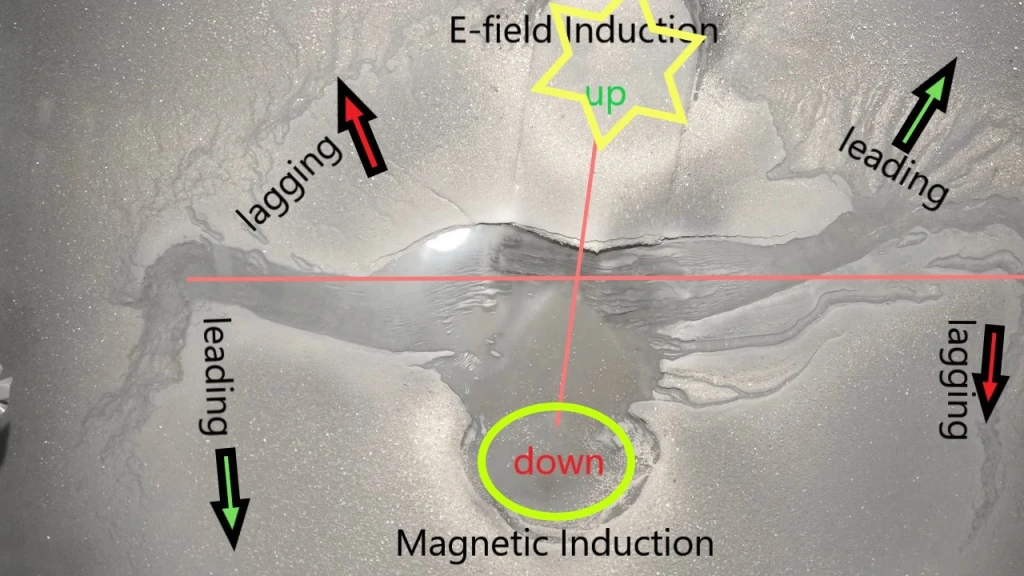
How tessellation patterns electrodes, currents and circuits in the atmosphere depends largely on the charge carriers. Nature doesn’t use copper wires. Atmospheric charge is water, ice, or dust borne charge, called bound current when it’s moving, and derives from coherent, polar alignment of charge densities on aerosols and condensates. It turns the clouds into cells and filaments of weak, dusty plasma, even though the particles are mostly water vapor, not dust. Water in all it’s forms is far more electrically structured and complex than a piece of dust.
Capacitance forces dipolar separation of surface charge on any body. Electric fields align these into coherent bodies of bound current similar to the way an electric field coherently aligns magnetic dipoles to create a magnet. Coherent bodies of bound current in the sky are called clouds and it’s why they look like electromagnetic interference patterns – that is exactly what they are.
Tessallation cells are contiguous radially as well as tangentially to the sphere of the Earth throughout the atmosphere. It’s structured like bubble wrap, where the bubbles are organized in layered columns. Currents are free to flow from bubble to bubble and interstitially along bubble interfaces. Our focus is on discharge currents that fount from the Earth radially, but it is important to be aware of the lateral interconnectedness of the discharge domain as well, because cells trade energy in this direction. Visible condensation is evidence of continuity in currents delivering energy this way.
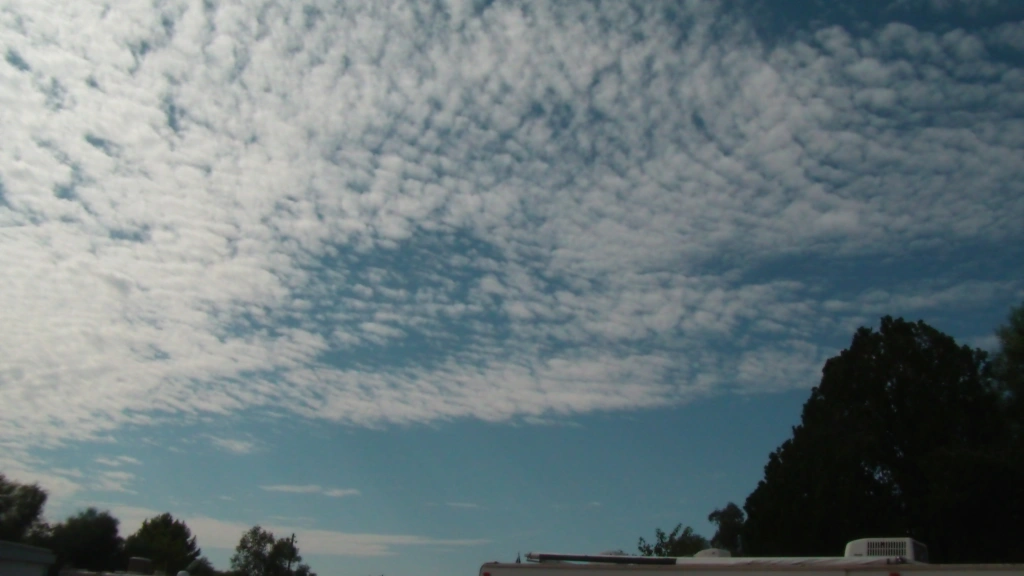



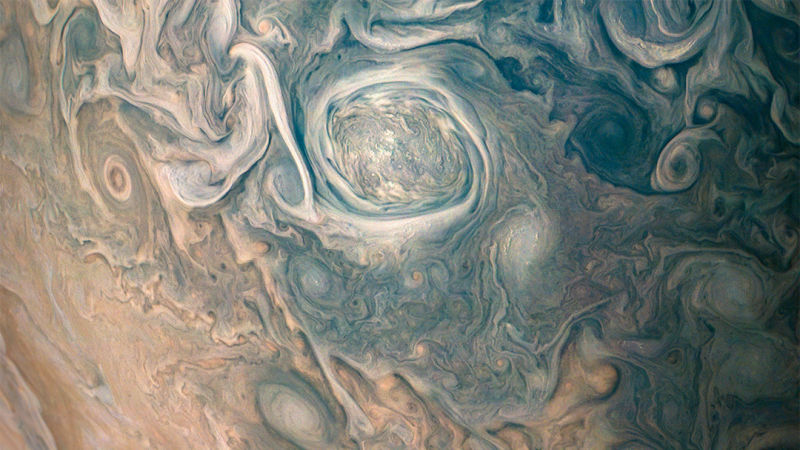
Look at developing cirrus clouds and you will see a continuous backbone of condensation form that displays continuity for a circuit. The circuit will branch tendrils to fill cells surrounding it, ultimately making the shape of a feather, or horsetail, with a 90 degree bend at the end where the current turns with the cell walls as the induction phase changes it’s direction to be field aligned with the cells.
Stratospheric, ice-borne charge tends to separate into linear filaments that rotate into cyclonic winds that are ungrounded. Waterborne, mid-level winds are influenced by the ice layer above, and the surface-ground layer below, giving it three-phase, ungrounded current activity which evolves into tetrahedral shapes. Ground-surface charge is from dusty, heavy, diffuse ions that are influenced by potential with the more uniform charge distribution in the ground beneath, so tends to draw tornadic-ally from four sectors.

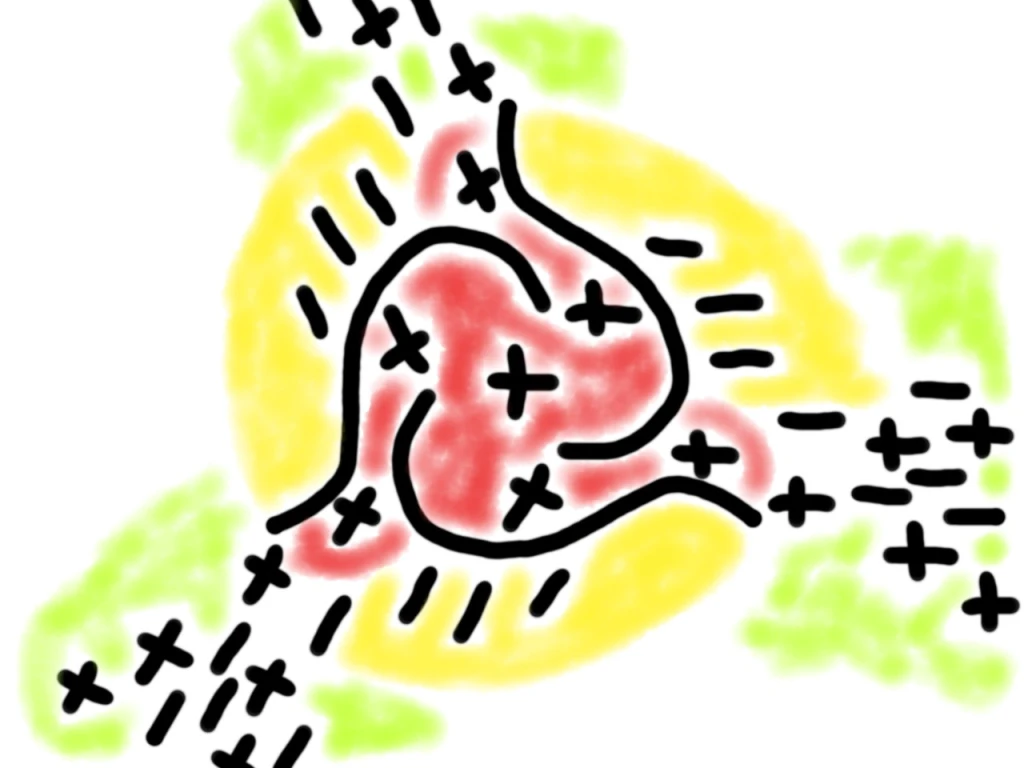
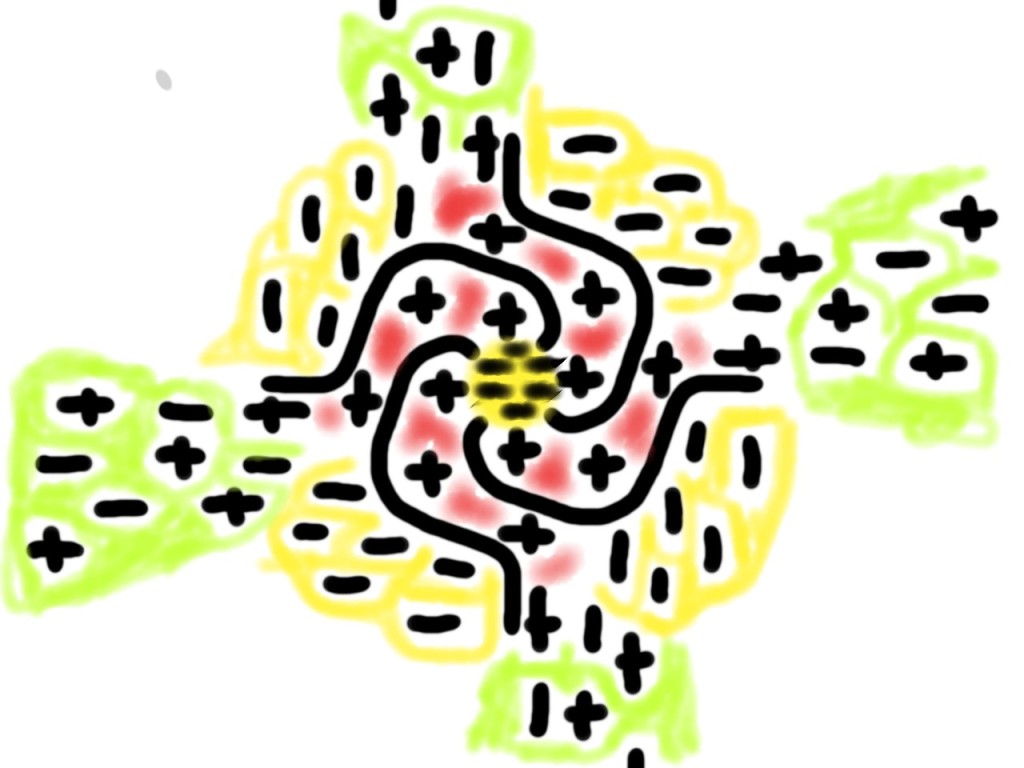
Ground charge on Earth is negative, and because it’s grounded to Earth and transports by solid state diffusion, it draws charge primarily from below, coning upwards to meet positive charge saturating the surface of the domain footprint. On Earth, this interface becomes a grounded, three phase junction.

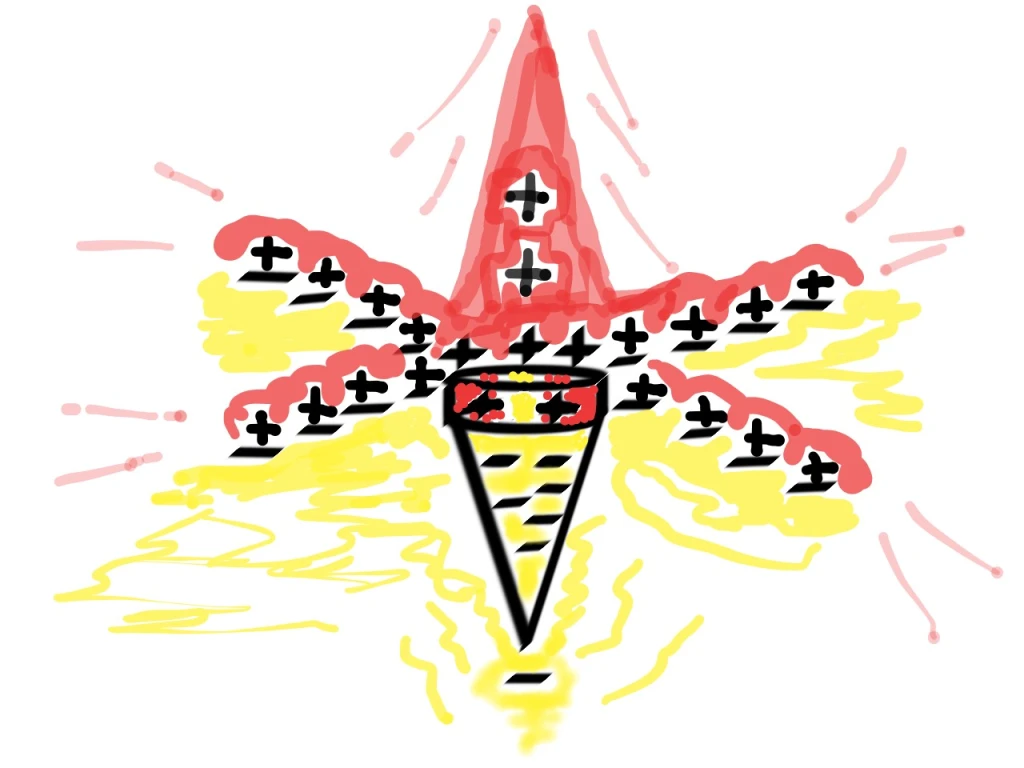
Tesla understood this and “invented” the delta-wye three-phase connection. The fact is he copied Nature. He was a good inventor because he was a better observer of his surroundings.
Earth’s atmosphere forces the domain to become a multiphase circuit. Under tension, an atmosphere layers itself by dielectric properties at different altitudes, as density, temperature and chemical composition change. Layers of water vapor and ice are more conductive layers and have a natural frequency different from dry air. Higher, low density atmosphere is more ionized. Double layers form between these natural frequency phases, which segregates the domain column into cells, and each cell becomes a domain of it’s own, interconnected to adjacent cells in the manner of a stacked capacitor.
Each segmented cell has its own natural frequency response to the enormous electric field that contains it. The electrode pattern is the superposition of each contributing frequency, where charge separates.
At discharge, segments join, coupled by resonance, and become a coaxial, closed circuit current. Much of it is composed of reactive, drift currents that go unseen, because the entire domain is actually a sputter pattern. Arc and glow mode currents form in and around the high density center of the domain, except in the lower, water cloud cells coupled to ground, where arcs filament around the center of the domain.
The electric field beneath the thunderstorm is locally amplified by the tension between the plasma in the clouds and the plasma ground-surface charge. The tension is technically a “line-to-line” voltage between the cloud and ground-surface currents, which are out-of-phase with each other as the plasma on the ground-surface is trying to follow the action of the plasma in the cloud.
Atmospheric scientists do not understand anything I just wrote. They believe lightning is a dielectric breakdown of static charges and can’t understand why their math doesn’t work. The voltage potential between line-to-line alternating currents is subject to spiking while resistance drops. This happens when phases match, which causes the dielectric breakdown. It’s a different calculation.
When the ground and cloud phases resonate, the entire domain is in harmony and resistance in the dielectric medium drops drastically, allowing filaments of current to connect in a complete, unified-frequency circuit between the cloud and ground. Its how Nature tunes itself, like one tunes a radio. Once the right frequency is found the signal gets through.
The electrodes separate charge. The discharge we see, whether its named lightning, or a Disney character, is the recombination of the opposing charged currents when they collide. This is particularly evident in sprites, because they display positive plasma flames above, and negative arc tendrils below the actual electrode in the upper atmosphere. The sprite shows both the charge separation and recombination in a visible discharge as current filaments through the electrode pattern.
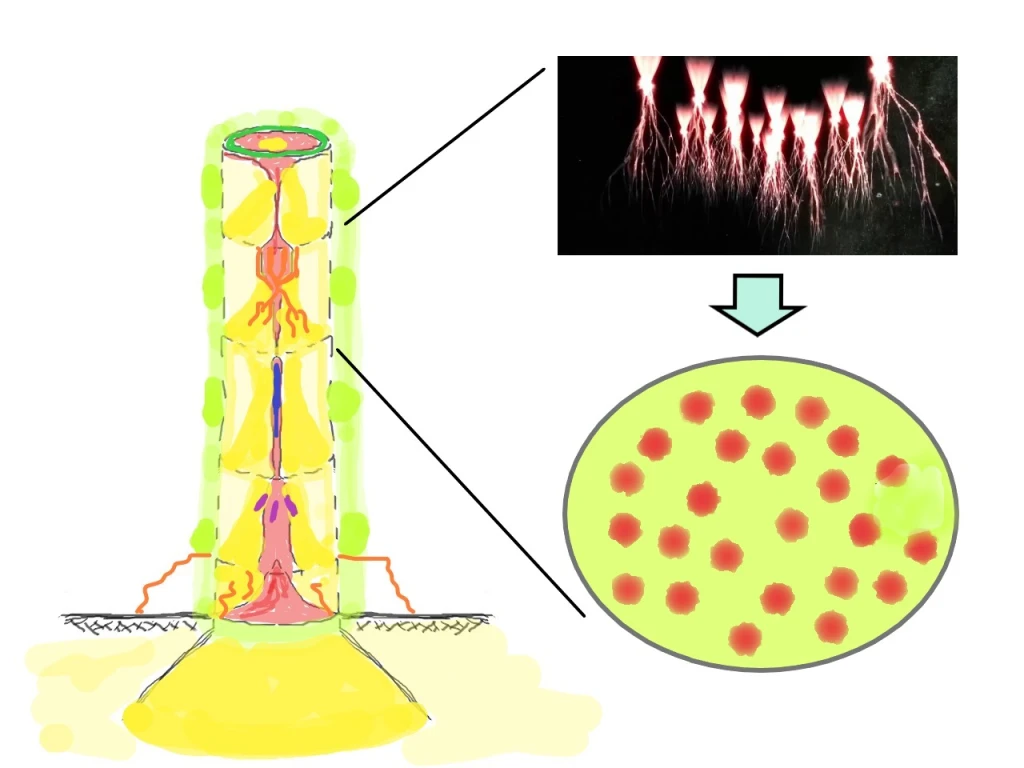
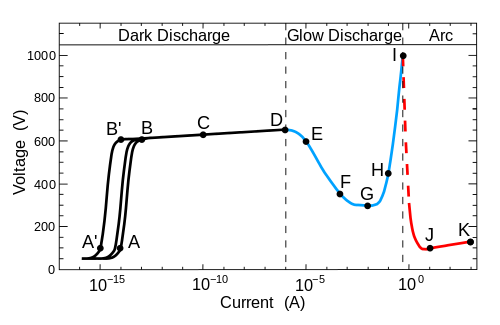
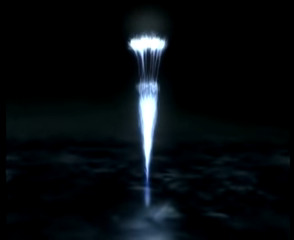

Mature thunderstorms, with their anvil tops and rotating mesocyclones essentially fill the lower segmented cells of the columnar domain and the entire structure acts as bound currents in a circuit. The middle, toroidal layer snaps and pops as it grinds between the other layers like a motor.
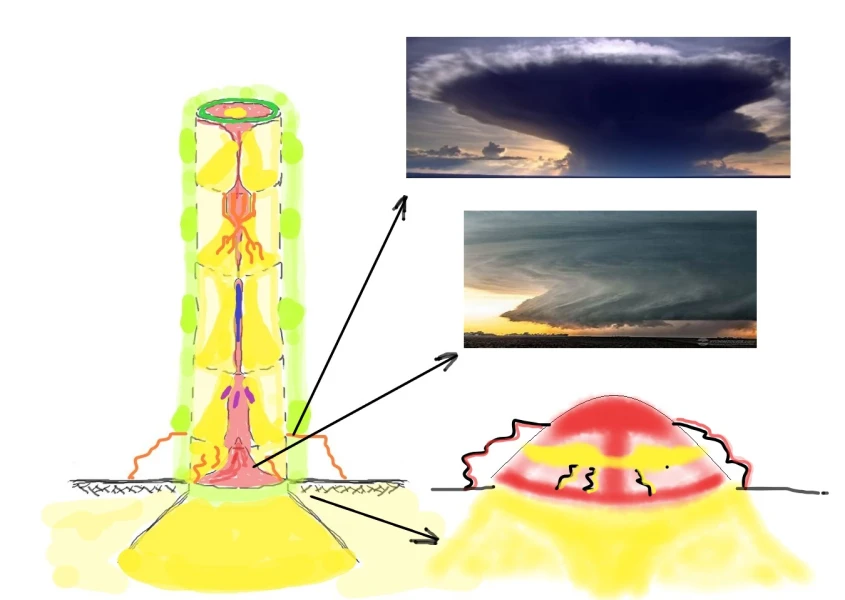
Most cloud-to-ground lightning is generated around the central updraft of a thunderstorm. Because a mature thunderstorm is the domain and it’s central updraft is it’s positive inner current surrounded by a torus of negative cloud-borne charge, the faster the updraft, the more sparks are generated around it as current channels back to earth in a coaxial circuit.
Anvil clouds are electrode plates in the stacked capacitor. Mammatus are tessellation cells within the anvil that collect charge into tufts. The cloud base and wall cloud of a thunderstorm are footprints of the bottom of the domain cell. Tornadoes are Marklund discharges from the rotating thunderstorm cell, connecting to ground and forming fractally similar imbedded domains.
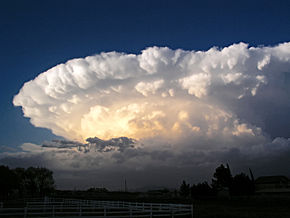

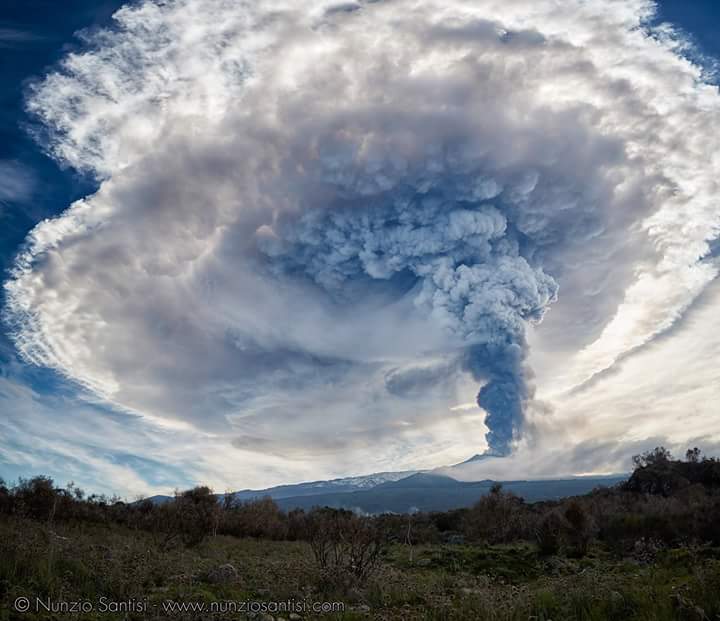

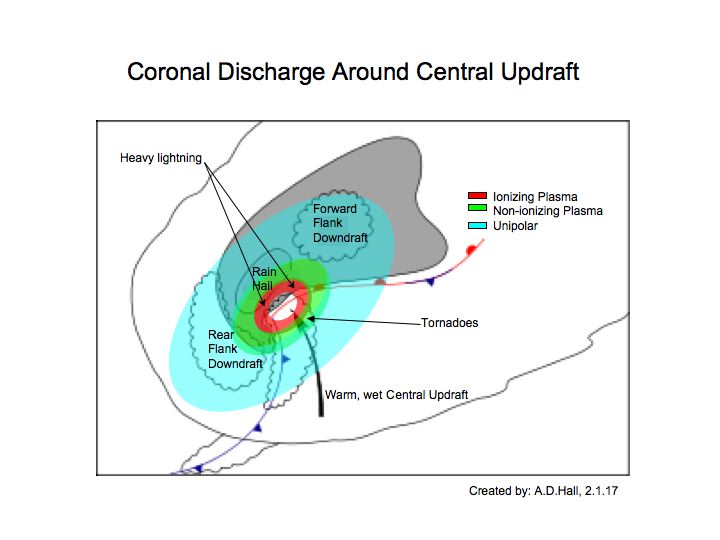
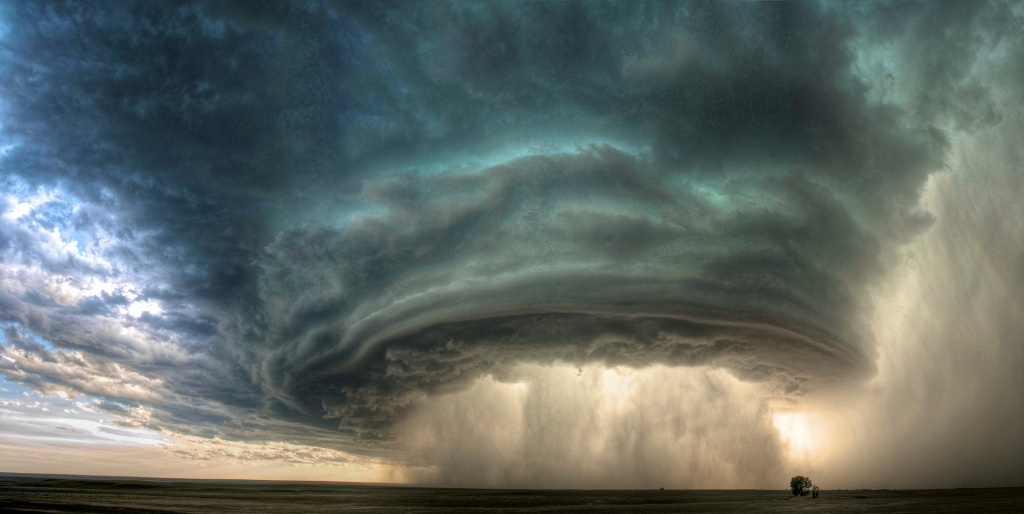
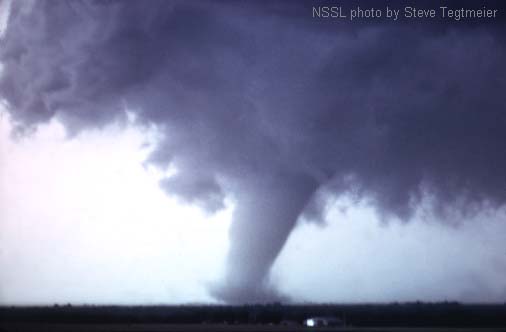
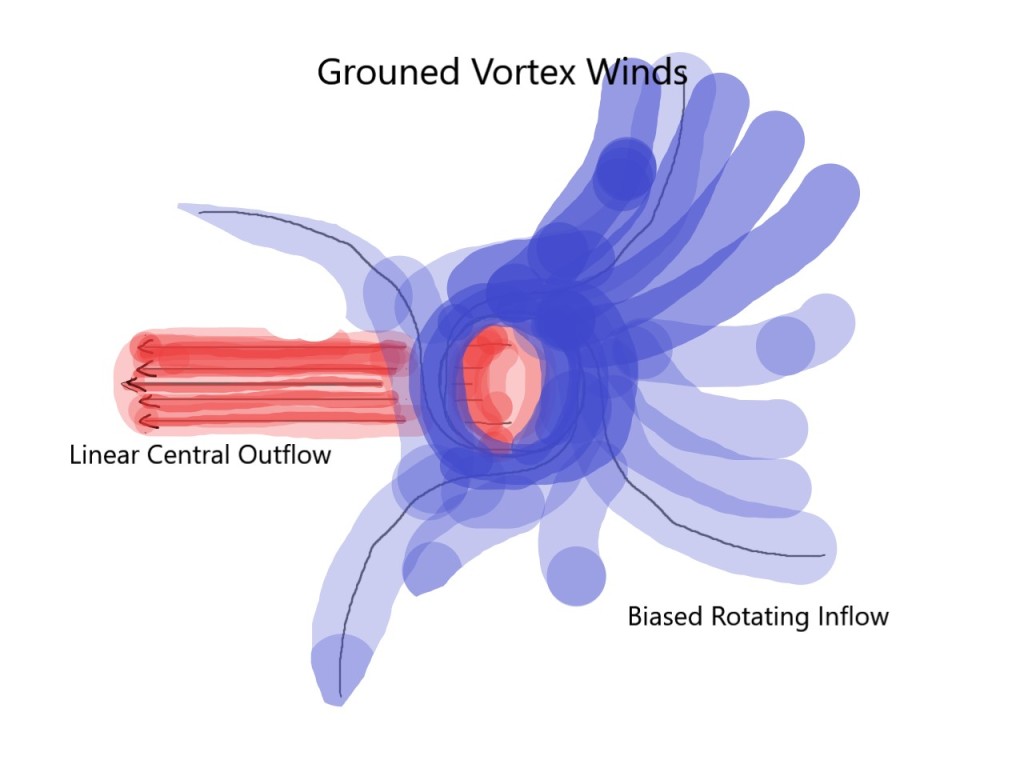

In high wattage events, connection of the discharge to ground can cause a resonant frequency discharge to take place at the interface, which will sputter a crater. Electric waves of charge build, reflect and superimpose at the interface of a high dielectric in the same way sonic waves build to a shock-wave when they reach the speed of sound in a given atmosphere. Resonance forms a standing EMF shock-wave when it’s slowed from near light speed to solid-state diffusion speed at the air-ground interface, called a “resonant frequency discharge” that splays perpendicular to the vertical discharge column across the plane of the ground with nuclear intensity. Energy expended along this plane is also called “reactive power”, and it forms induced currents in both the ground and atmosphere at the interface.
Because this interface is exposed to ground charge, ground-surface charge and the influence of cloud charge, with lead/lag effects, they superimpose on the ground surface in a multi-phased, grounded interference pattern. Because Nature always finds a balance, the multiphase pattern is usually dominated by three phases and therefore a 3-phase, grounded pattern is most common. Because of the explosive power of resonant frequency, enough energy is often available to express all three phases in the landscape.

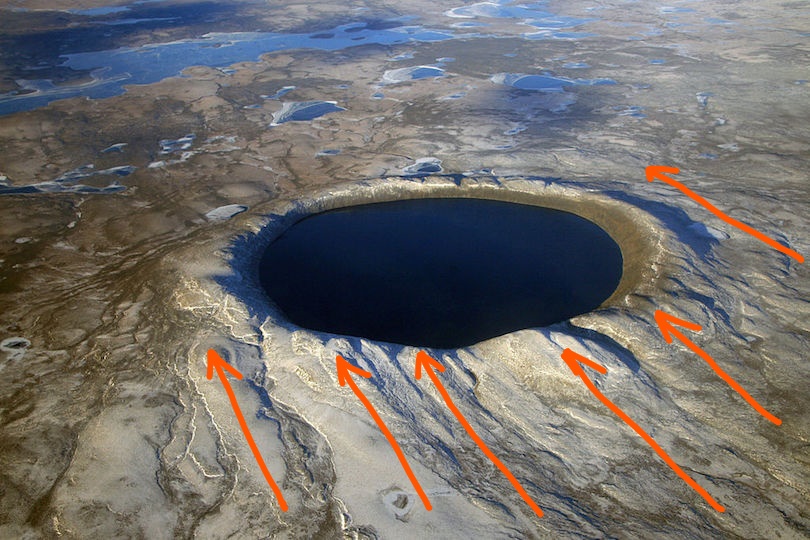

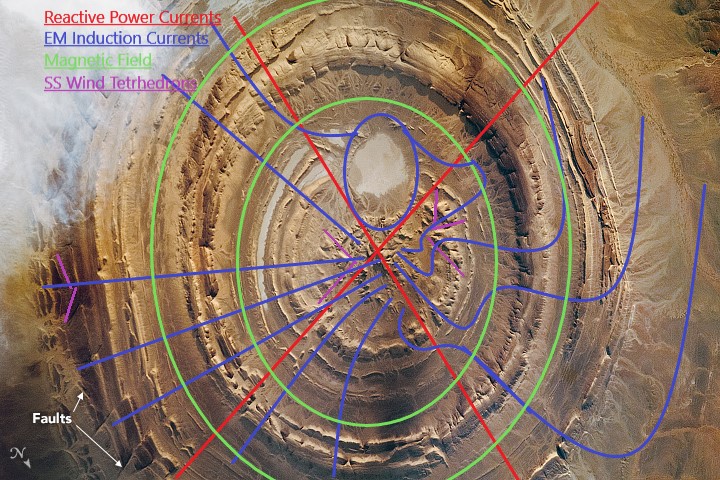


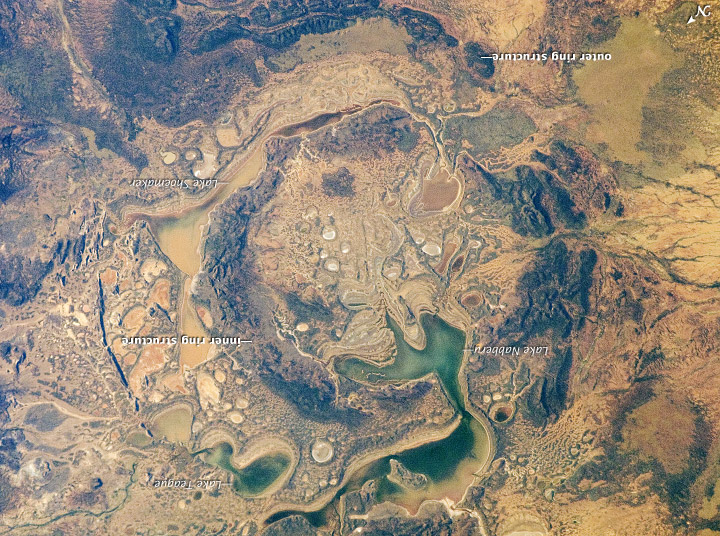

Not all craters are created equal. Some are produced by rotating Marklund currents and some are sputter patterns that removed layers of charged earth. Most have raised rims deposited by dust, drawn by magnetic induction to the edge of the discharge domain. In the examples provided, typical features of the pattern are produced by sputtering, winds and arc discharge that excavated and re-deposited the topography.
A radial discharge pattern on a single vector from both sides of the ring, and sometimes with a bar crossing through the ring appears in most cases. It is due to magnetic field induction and is always biased to one side of center-line because of lead-lag interference. Tops of craters show evidence of being swept by fast, linear, electric winds being driven in the grounded 3-phase Keystone pattern. All of these features and several more are evident in the Richat structure, which was formed by a large, hot, supersonic, 3-phase, buzz-saw of a Marklund tornado.
The circular rim is from electric field induction outside the magnetic sheath of the domain. It’s the footprint of the domain. The rim is raised by an inflow of dusty winds drawn to the discharge, and this can be confirmed by how the layering of the rim is structured. There is regular interference that cancelled rim building at intervals on one side of the ring, giving it a saw-blade effect where shock waves formed. A raised rim forms when windborne ionic dust is drawn in and sticks to the charge-saturated ground where induced ground currents flow.
The crater and depressions are where matter was lifted because it carried a surface charge from saturation with the ground-surface. The sputtering lifts everything saturated by ground-surface charge, down to the interface with ground charge. This interface is flat, so it leaves a flat crater floor.
In other words, the shape is a pattern of cathodic and anodic hot spots in the ground and the action of ionic dust laden winds redistributing matter from cathode to anode by sputtering.
Because tessellated domains form both anodic and cathodic regions, polarities can be reversed and form a mountain instead of a crater. These also conform to the Keystone pattern, but whereas a crater’s pattern is biased to the ground phase, mountains are patterned with more emphasis on the ground-surface phase, because it is primarily formed by ionic, dust laden, ground-surface winds in that frequency.
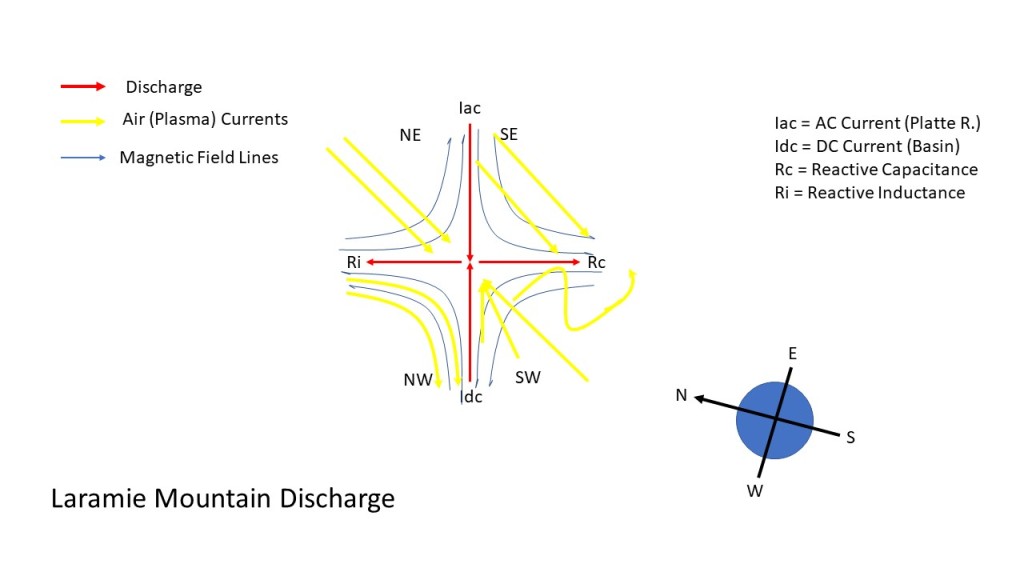


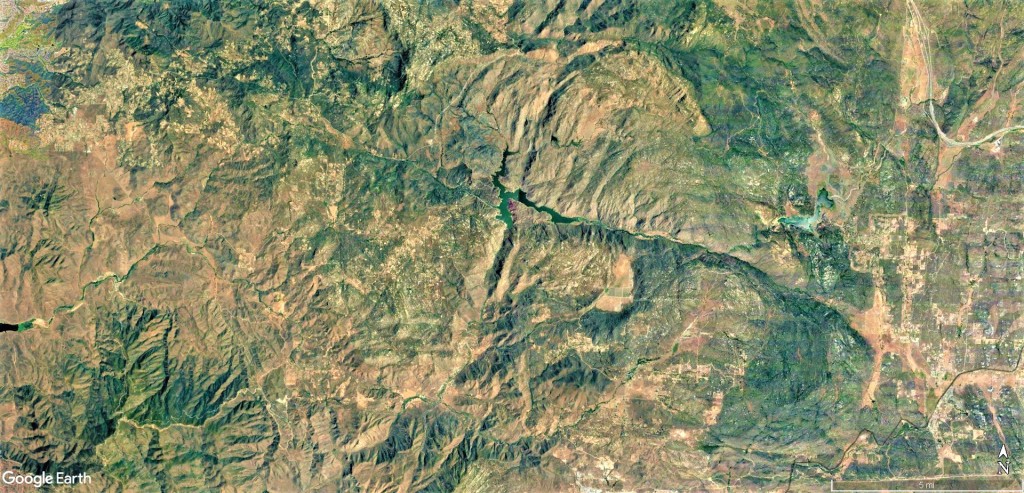

Moon craters are simple discharge structures compared to terrestrial craters because they are only two-phase, direct current coaxial discharges, and have no Keystone type standing-wave complexity of multiple resonant phases. There is just a lead and lag phase of discharge and return circuit, which sputters away matter saturated with ground surface charge to the level interface with the Moon’s ground. That is why almost all the Moon’s craters have flat floors and are the same depth.
Tessellation is evident in “doublet” craters that are joined without any evidence of one having “ejecta” spilling over the other, as if two asteroids improbably landed simultaneously. Sputtering doesn’t make “ejecta” in the first place, and a doublet is so obviously caused by tessellation that one day, small children will laugh about the idiocy of impact craters the way we laugh at “flat earthers” today. Tessellation is especially apparent in the occasional hexagonal and squared craters found among otherwise round craters on the moons. It’s the natural spherical geometry of an area surrounded by circular cells.
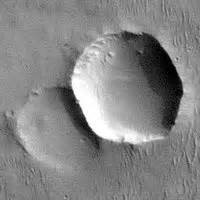
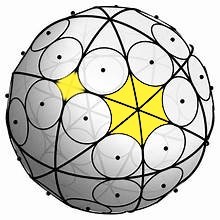
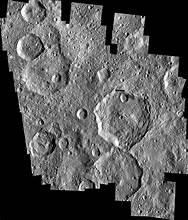
This same effect is seen in geologic structures impressed with strong electric currents. A high, but steady current forms close-packed, tessellated, polygonal columns. In the image shown, each column has a head and almost buried foot feature, like a battery, defining where the electrode interfaces were.
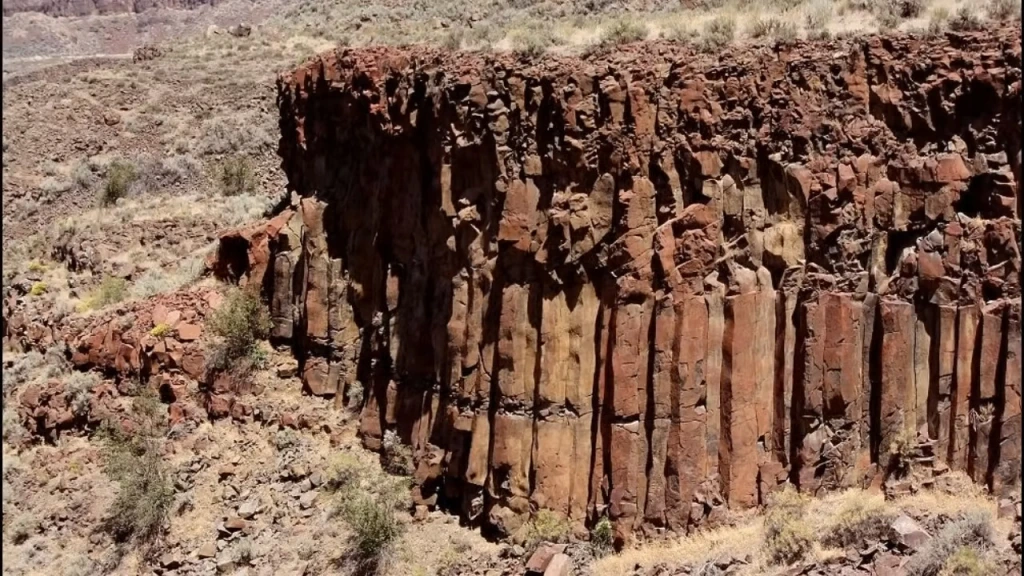
Not all discharge is above the surface. Discharge punches maars, karsts, breccia and kimberlite pipes through the crust. The shape these structures take is the product of where the depth of electrode junction is and whether it sputtered matter out, or left a de-saturated zone behind. Subsurface discharge is primarily from energized aquifers, or mineral deposits that vaporize and vent to the surface leaving various blow-hole and fulgurite tubes.
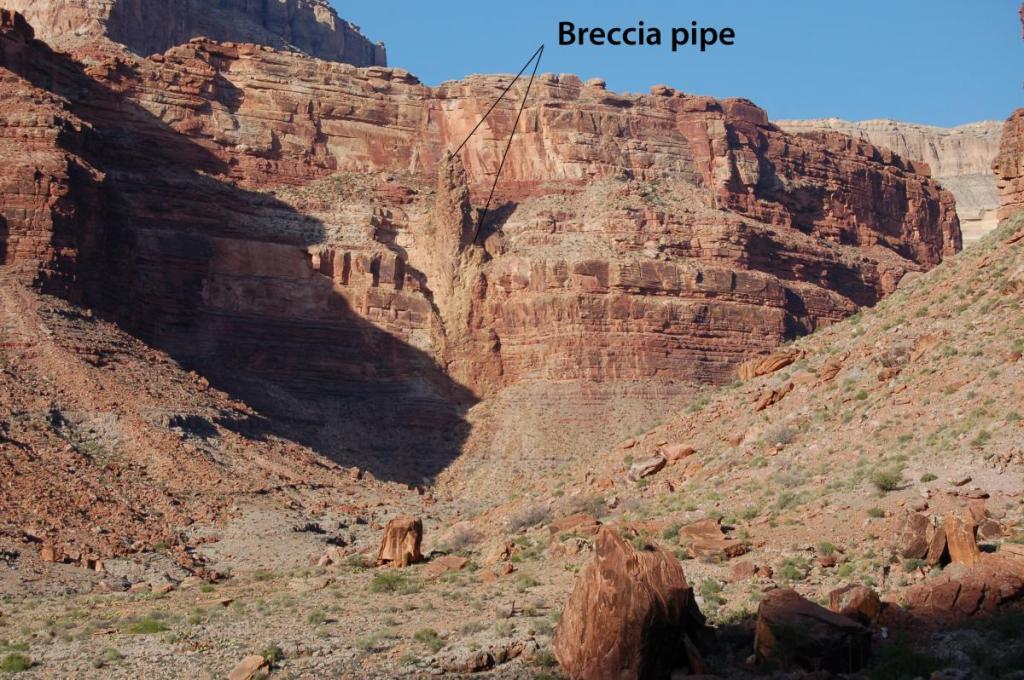
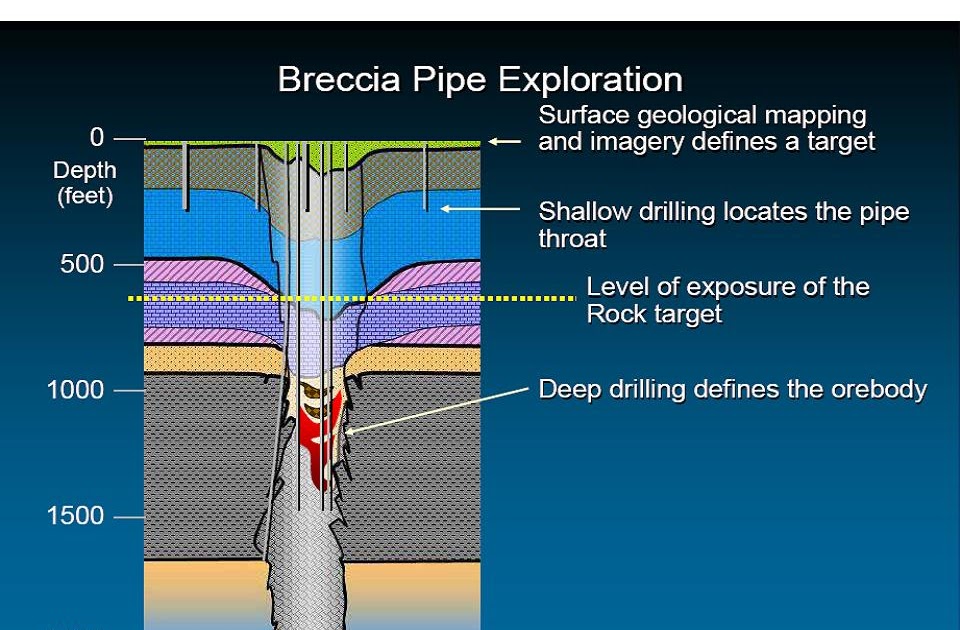
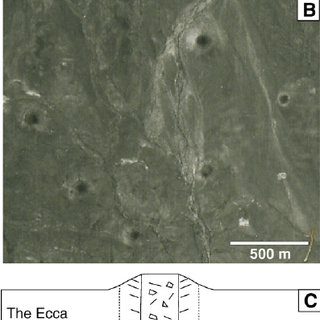
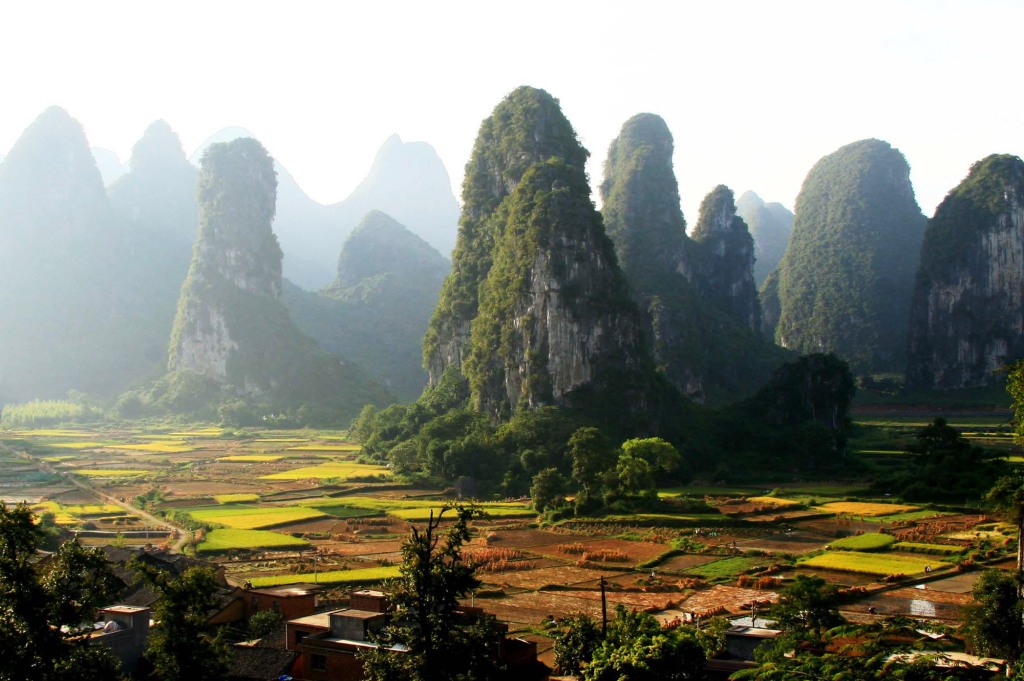

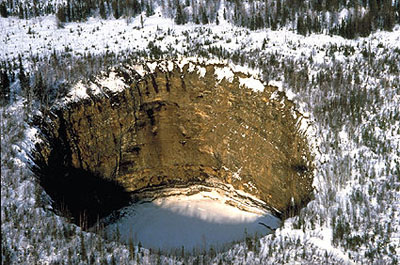
It’s no exaggeration to say every landform on Earth can be identified with an understanding of energy, frequency and vibration. In a holographic, Electric Universe, everything is an interference pattern, including matter. It’s just potential energy stored in a standing wave. If one identifies the fractal nature of spherical tessellation, it makes it possible to map Earth’s circuitry.
Tessellation is apparent in Earth’s ley lines, because magnetic induction in Earth’s crust follows their pattern. They can also be locally mapped by correlating with tessellation cell patterns in the topography. The Ley pattern, by the way, is densely packed with geometric uniformity, implying formation under very high electrical stress.
The ancients built on these Ley lines. They developed astronomy, astrology, numerology, geometry, geography, as well as cultural and religious narratives in context with their observations of Nature. They immortalized events with astrologically oriented temples, pyramids and megaliths placed geometrically about the Earth. It’s quite apparent their astronomy was to observe the Earth’s position and attitude with respect to the Solar System and Galaxy. They did not go to all that trouble just to know when to plant crops. They did it because at one time Earth’s position was out of whack.
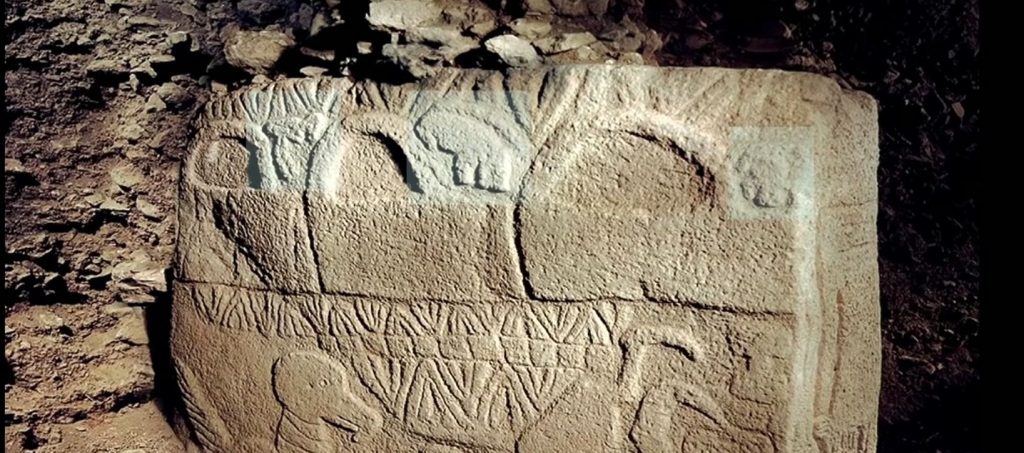
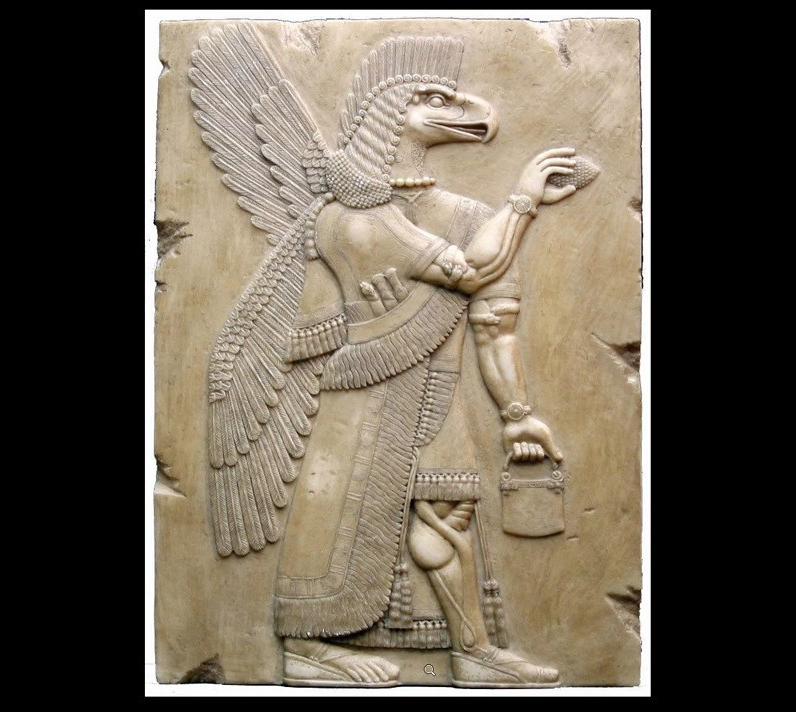
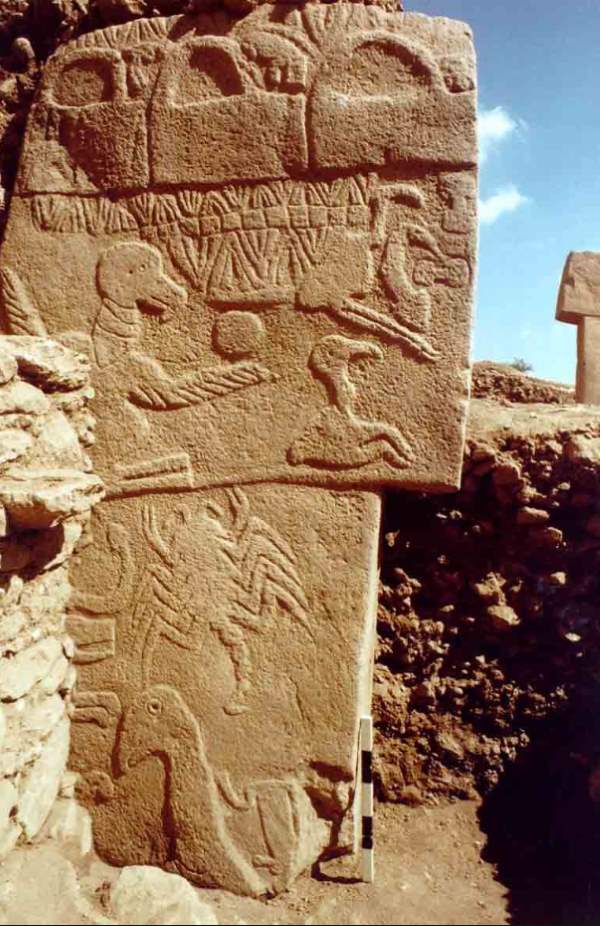

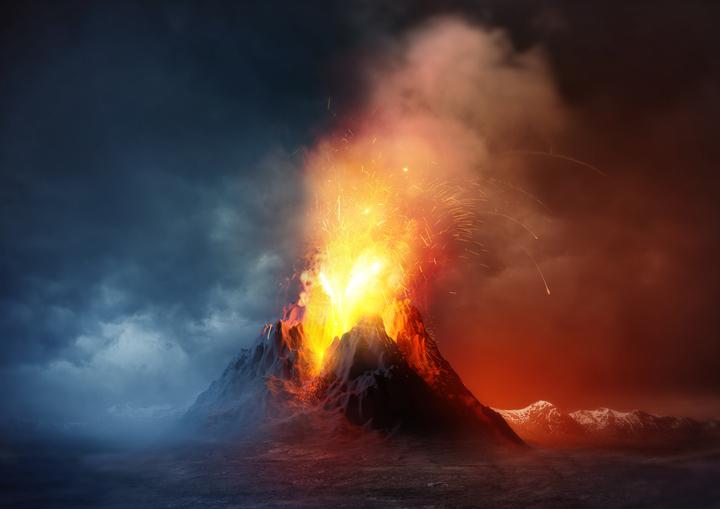
Their most ancient works were constructed to withstand severe electrical storms and the shrieking winds, lightning, tsunamis and earthquakes that accompanied them. What’s left today are Cyclopean stone-works strewn across the continents; broken, scorched, vitrified and magnetized. Apparently, they did not withstand. Survivors sheltered in cliffs, caves and hollowed out rocks to protect themselves from being electrocuted, buried, scoured, drown, and irradiated by “the gods”.

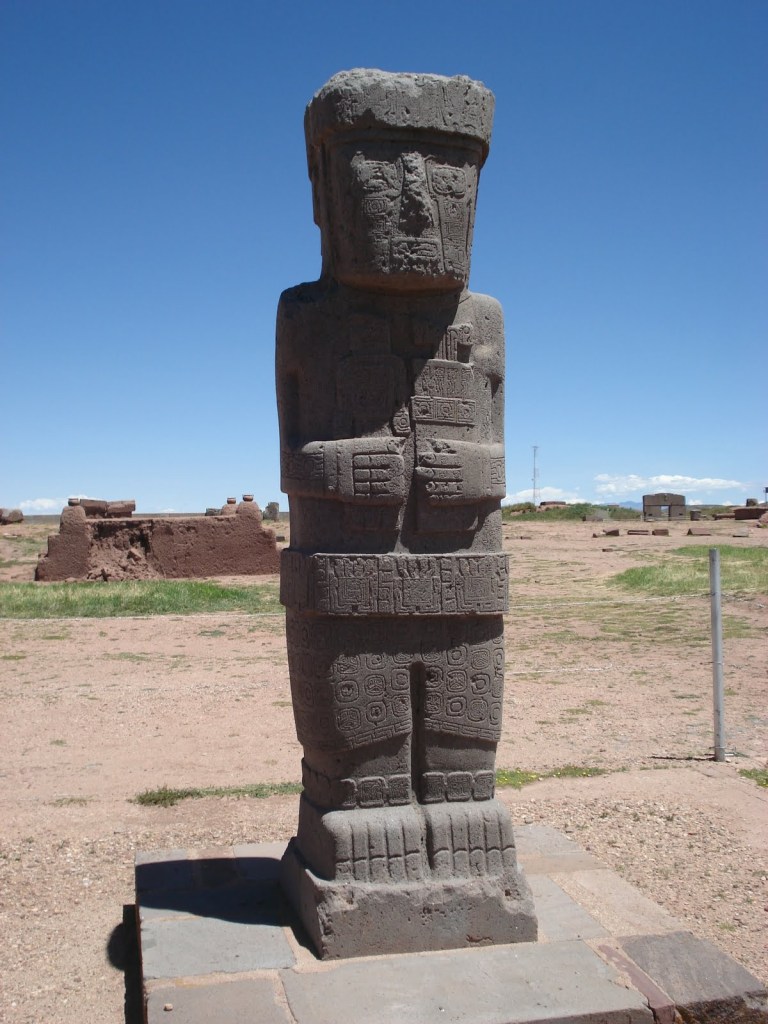

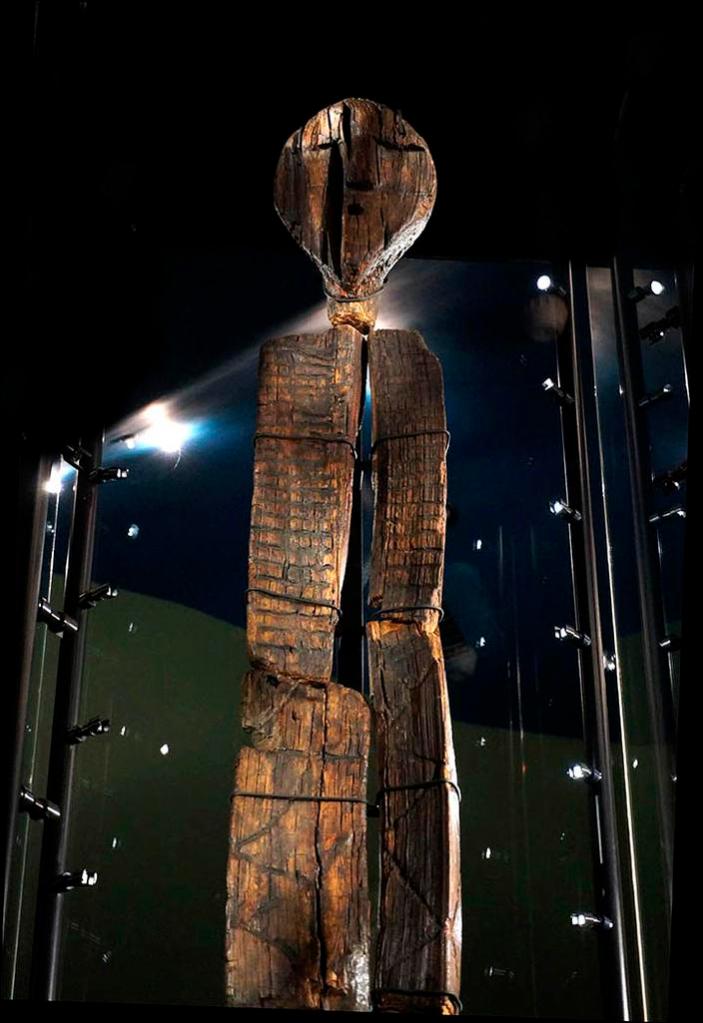

“As above, so below” isn’t a mystical belief, it’s the most cogent description possible of the way the Earth works. The ancients certainly knew this better than today’s academia. But priests attributed the clouds to the will of the gods and sacrificed the children to appease them. That is what misunderstanding Nature will do when priests and academics bring their fears to the altar.
We need to stop this nonsense and recognize things for what they are. Who knows what’s in the future of an Earth with a magnetic field that’s shifting. Whatever happens, when the storm comes, leave the children alone. It’s already too late to do anything about it.

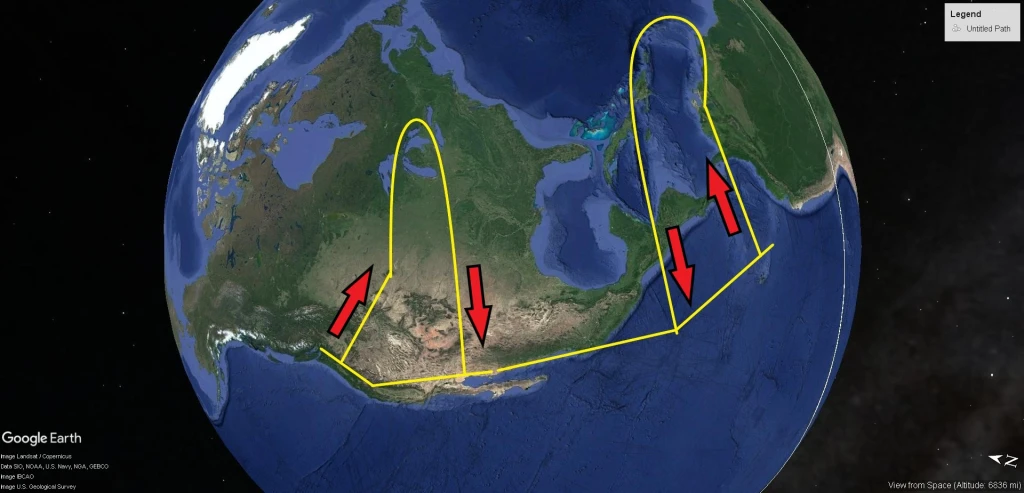
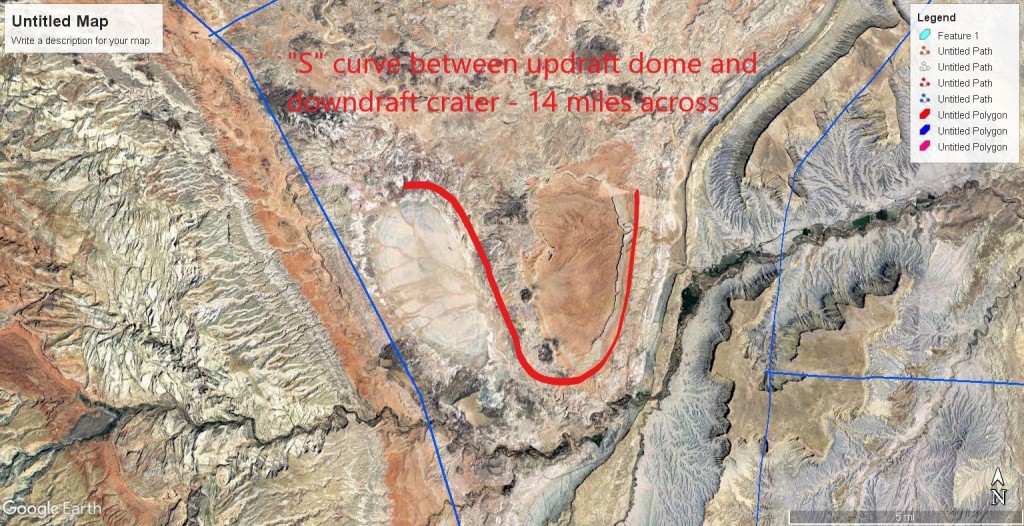
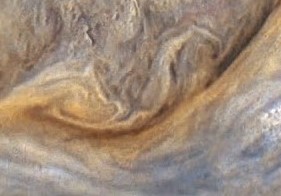

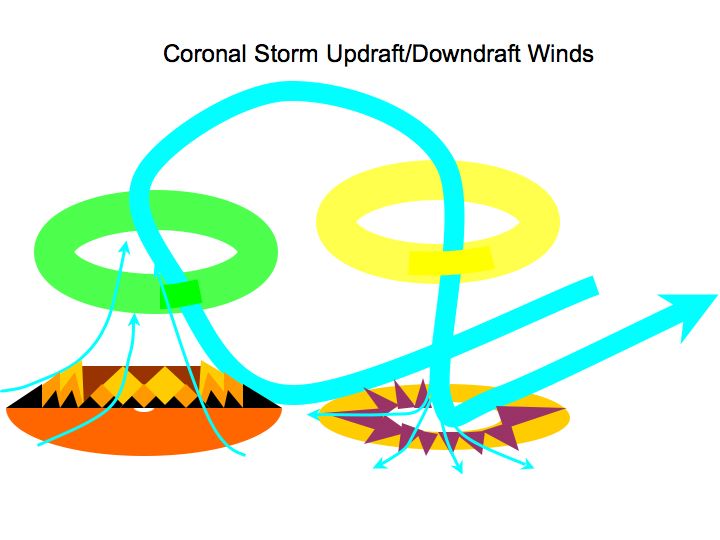
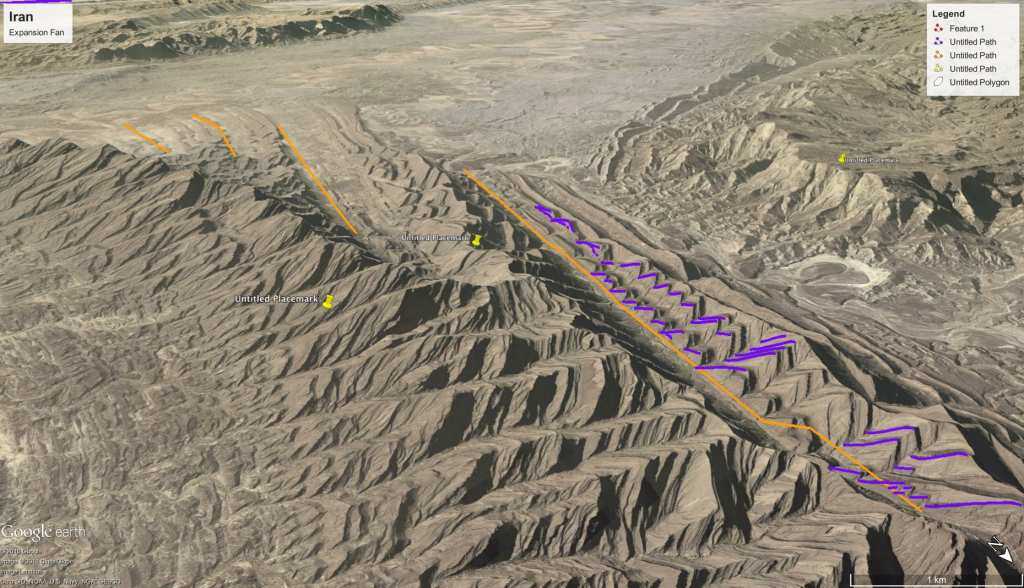

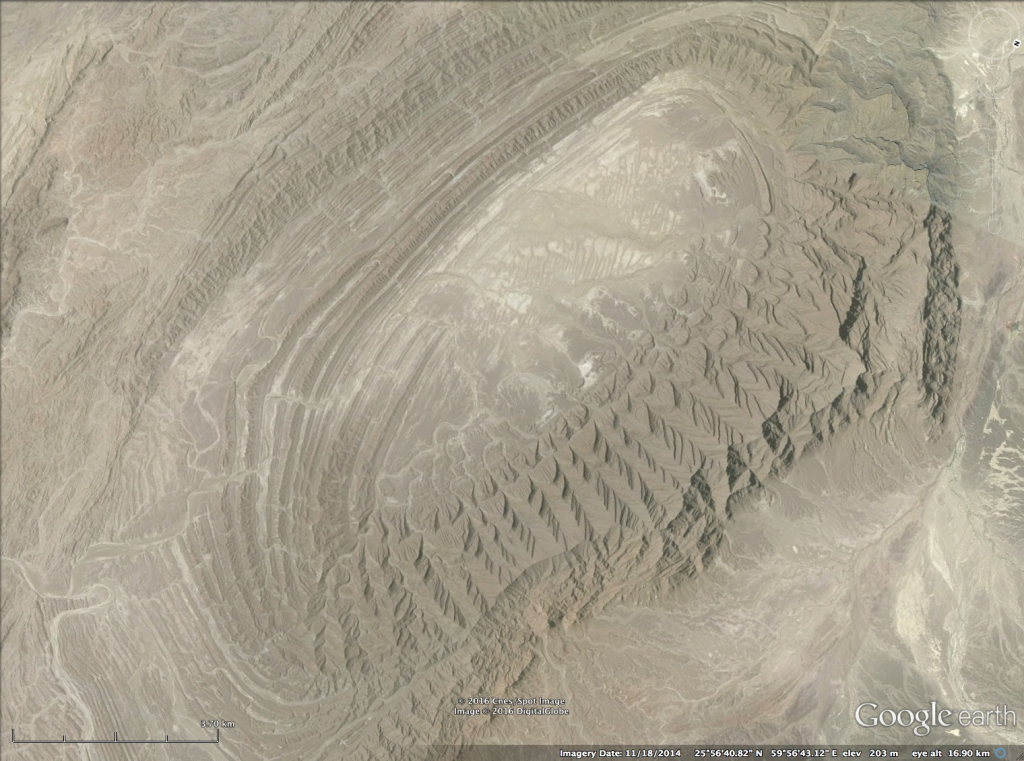
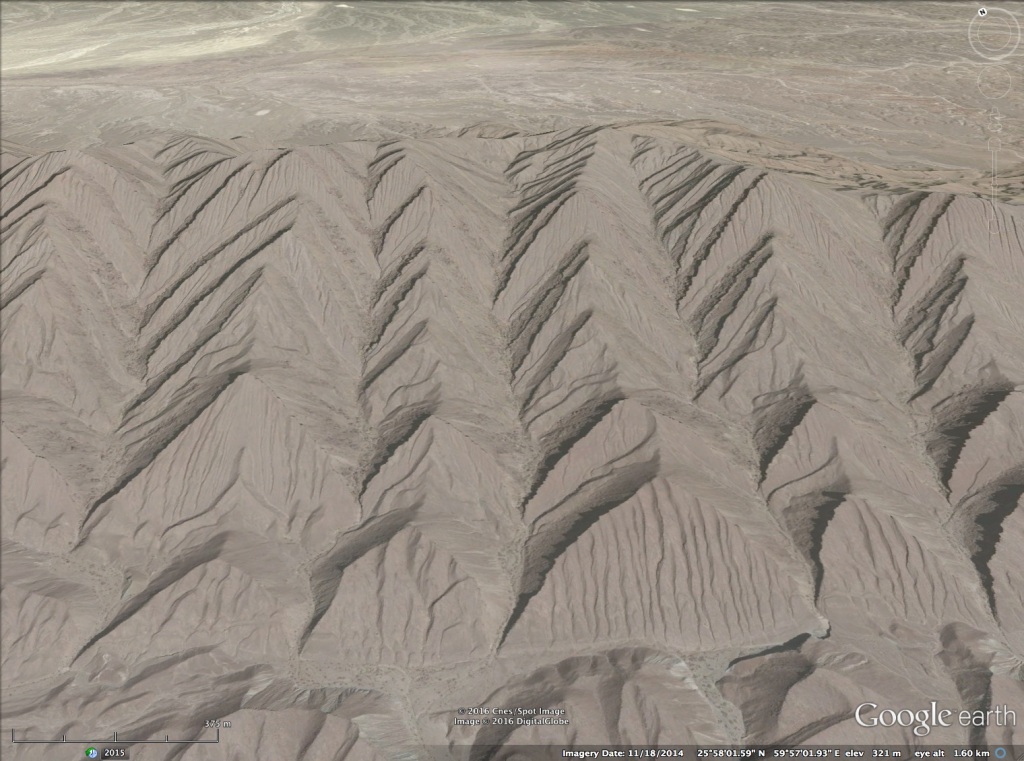
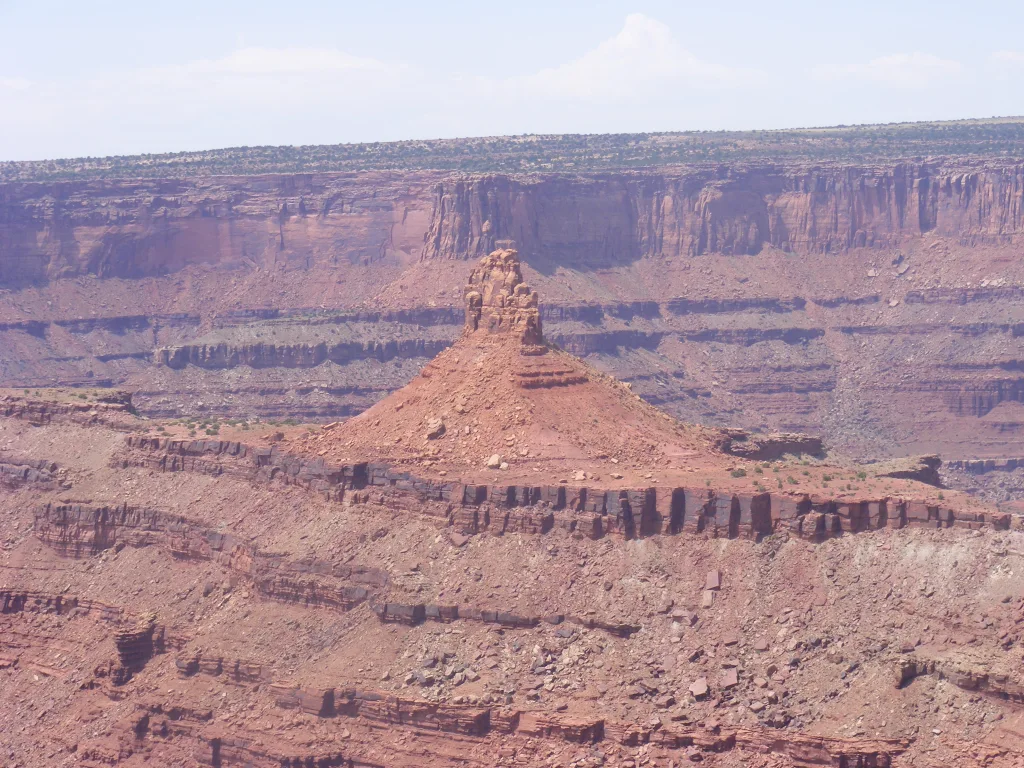

Thank you.


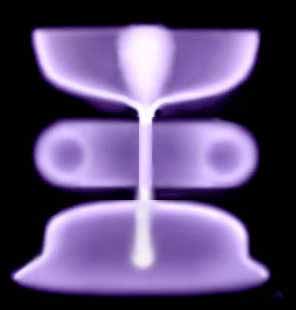
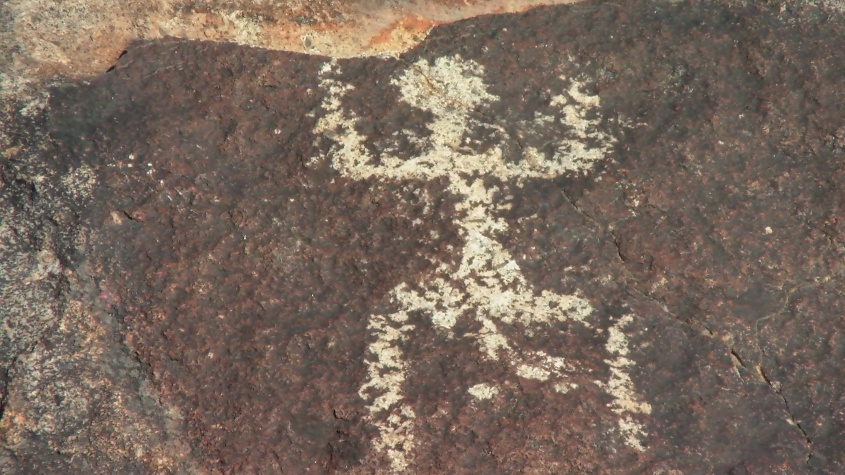
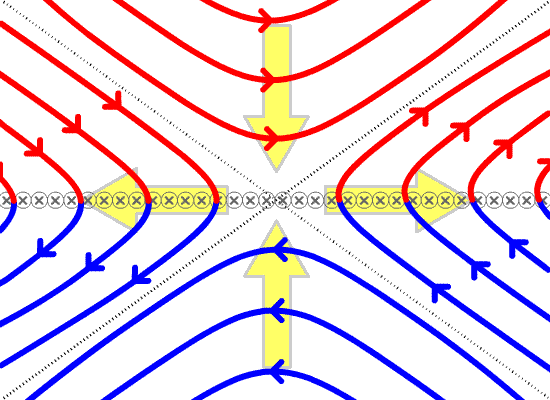



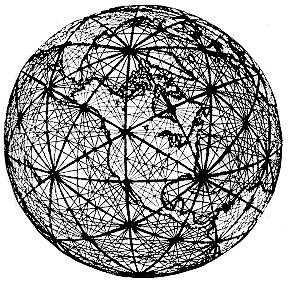

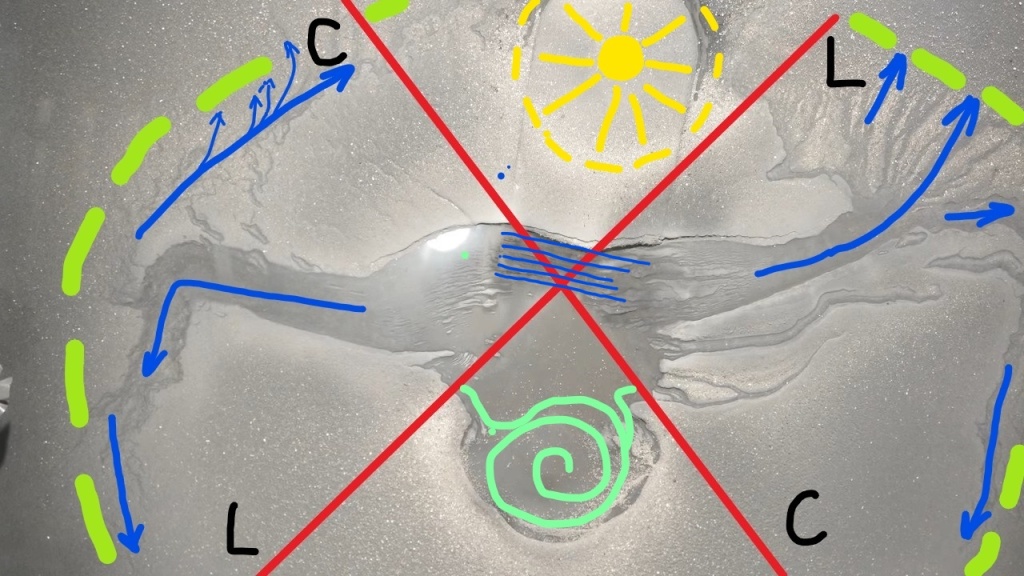
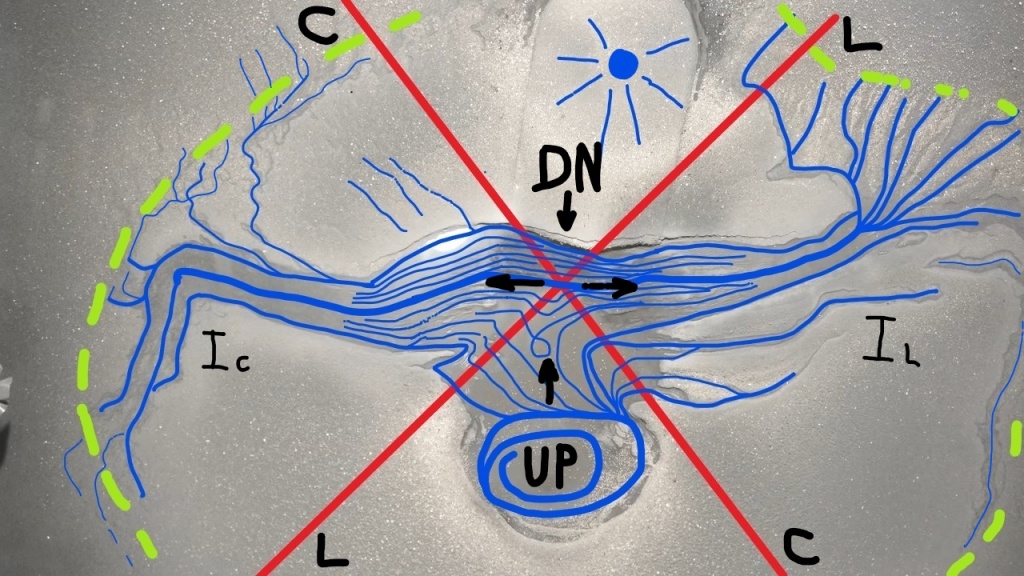


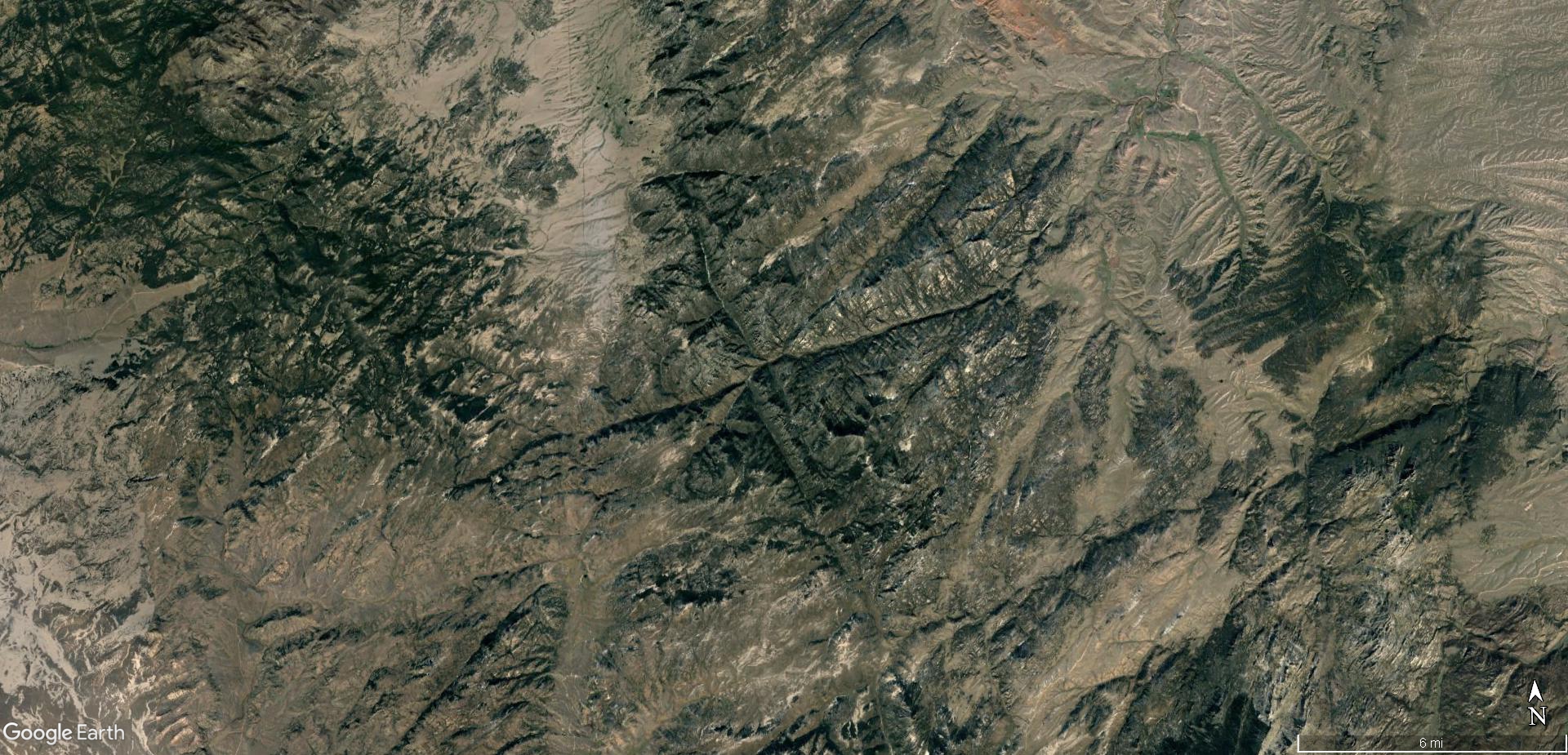











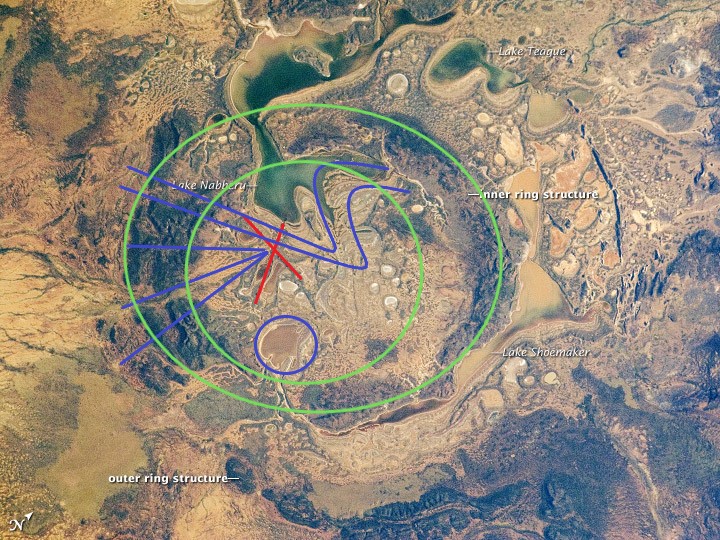





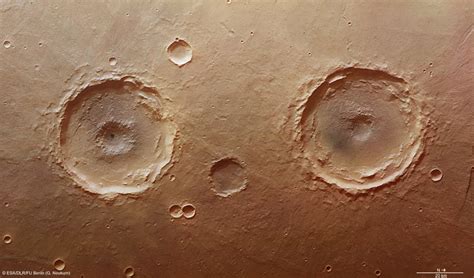
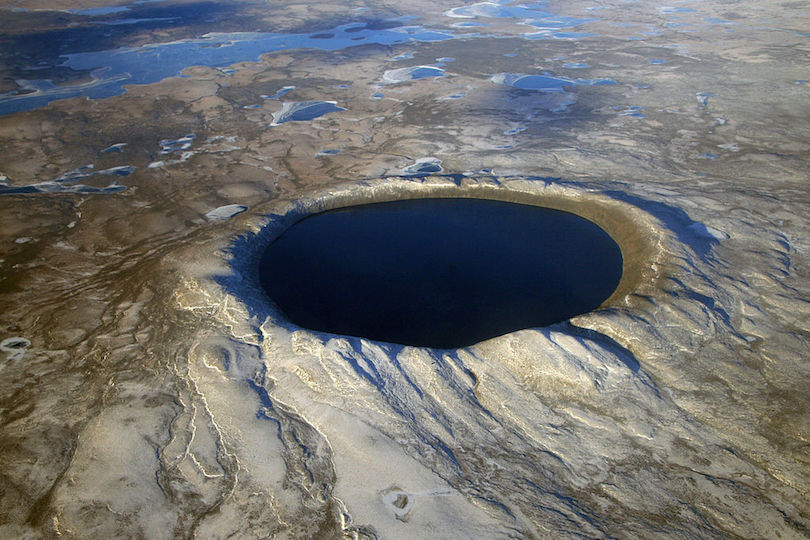










































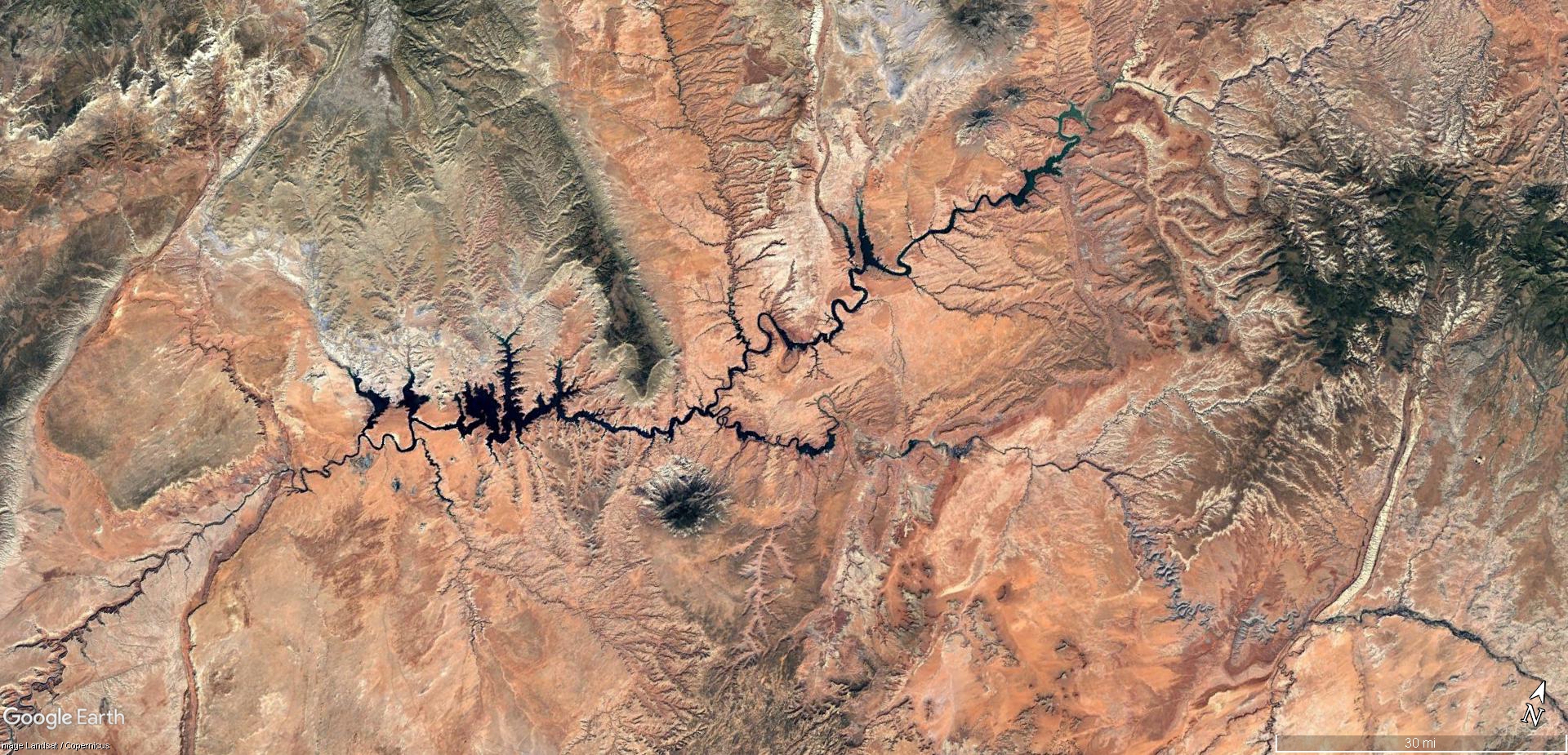



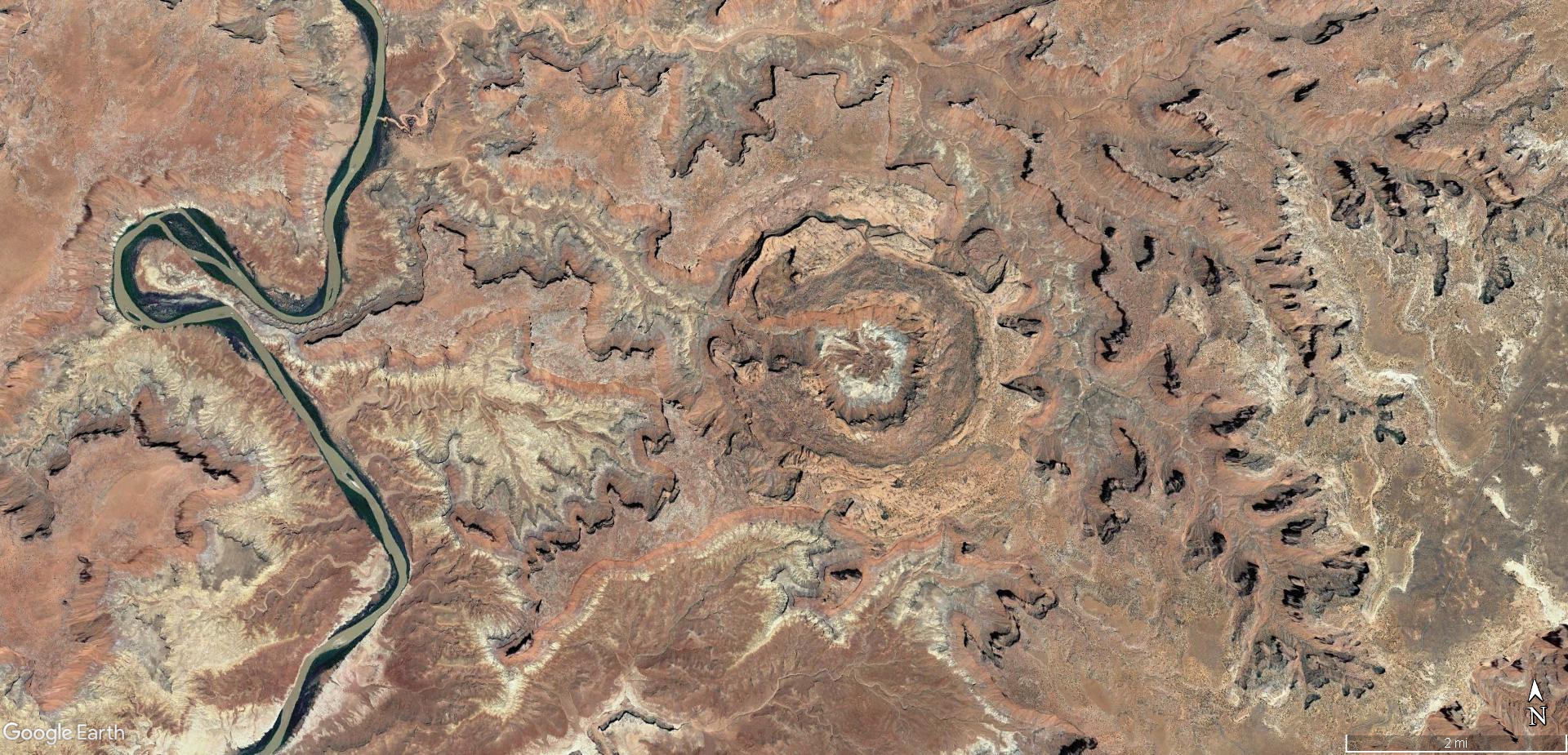












































 The second thing to note is that the inductive current path (the branch rotated counter-clockwise, or north in the case of the Colorado) continues in that direction more-or-less straight to the next junction, following the north pointing magnetic field.
The second thing to note is that the inductive current path (the branch rotated counter-clockwise, or north in the case of the Colorado) continues in that direction more-or-less straight to the next junction, following the north pointing magnetic field.
















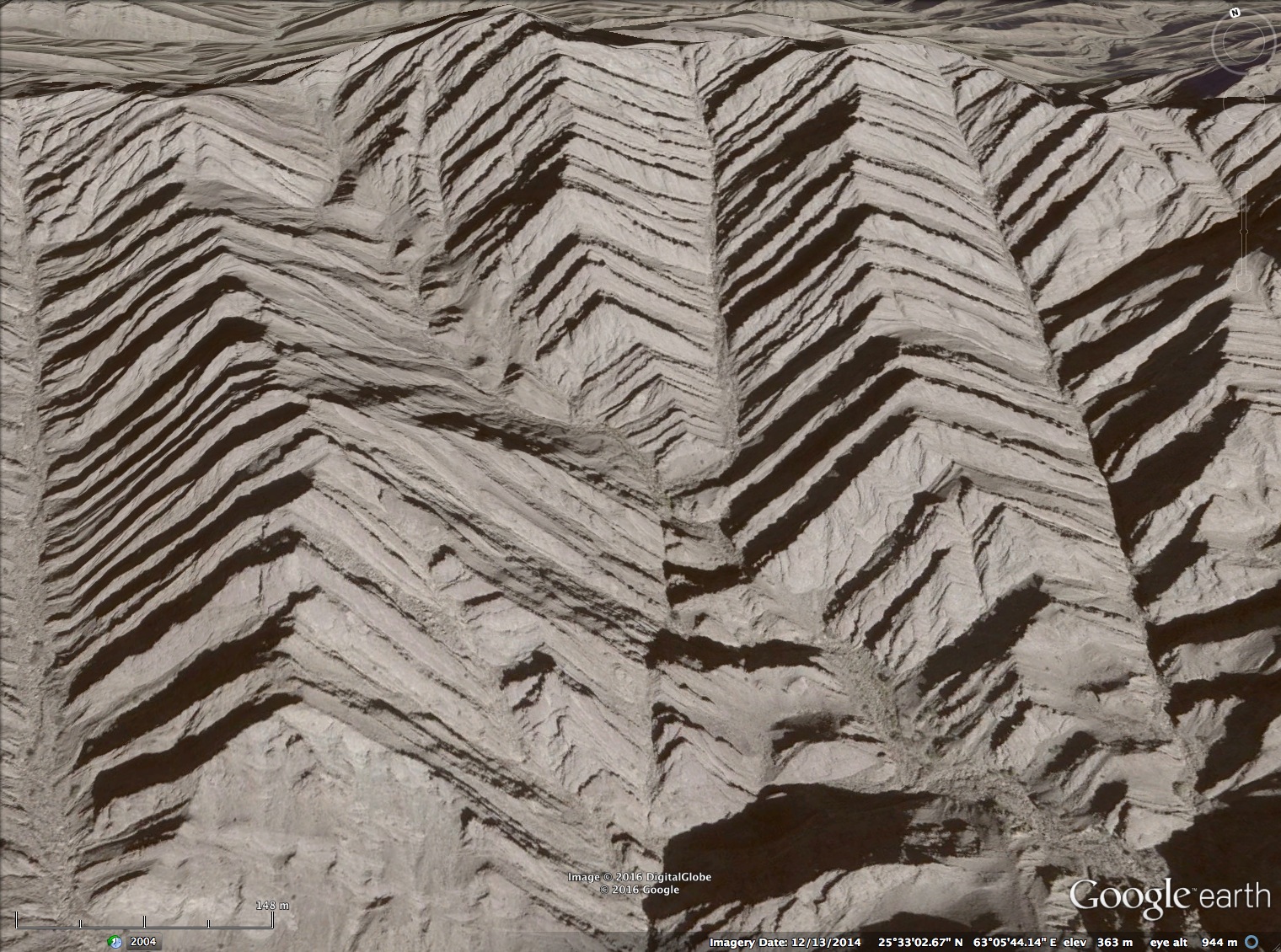










































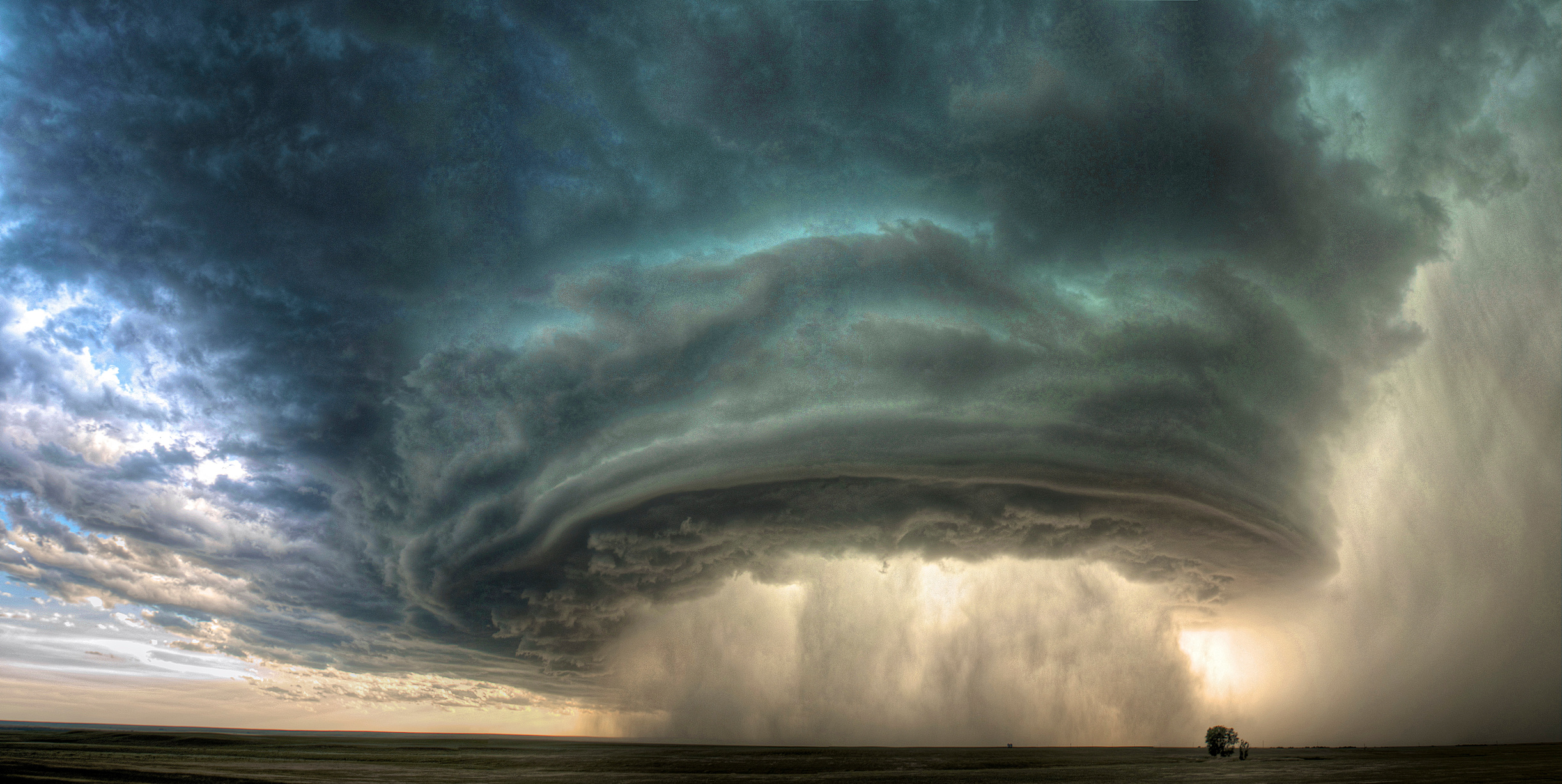
















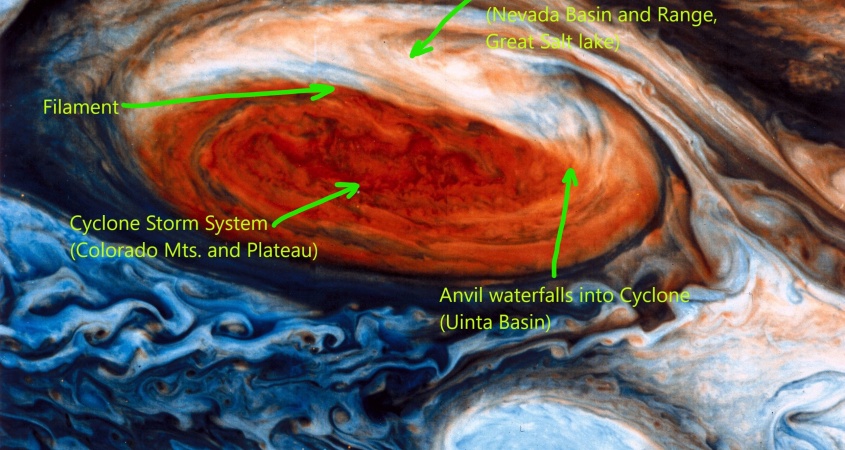





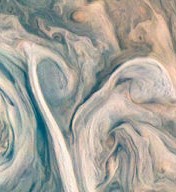









 The ground is one plate of the capacitor where positive charge collects. As negative charge builds in the cloud, it is repulsed from the ground below, and positive ions are drawn in.
The ground is one plate of the capacitor where positive charge collects. As negative charge builds in the cloud, it is repulsed from the ground below, and positive ions are drawn in.



 The form is like an anthill, but these are not anthills. Ants dig rock from below ground and pile it outside the hole. These are built the opposite. The sand is swept-up from the surroundings, leaving a pile at the center of a crater. Besides, these don’t have ants, or ant-holes.
The form is like an anthill, but these are not anthills. Ants dig rock from below ground and pile it outside the hole. These are built the opposite. The sand is swept-up from the surroundings, leaving a pile at the center of a crater. Besides, these don’t have ants, or ant-holes.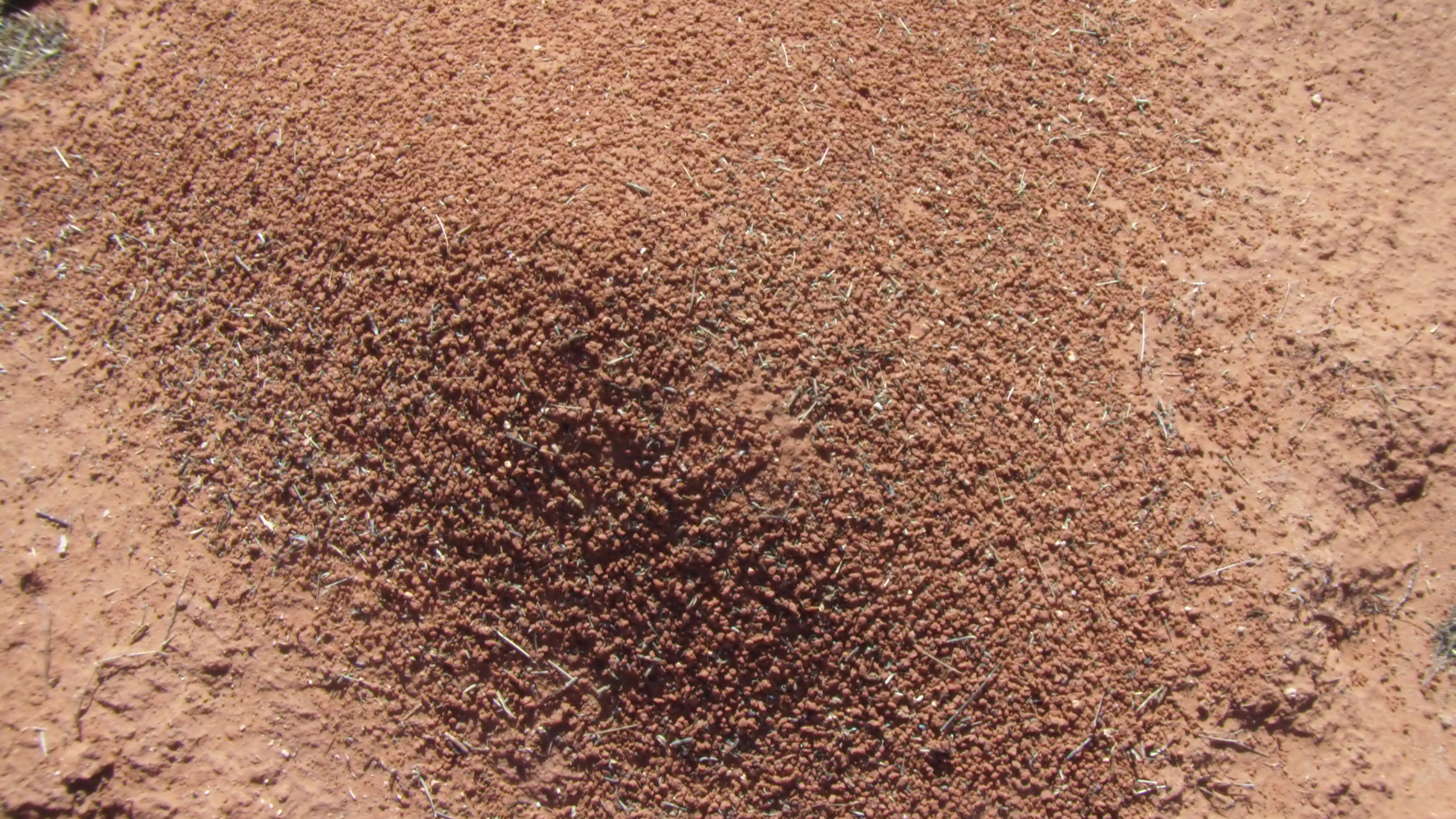
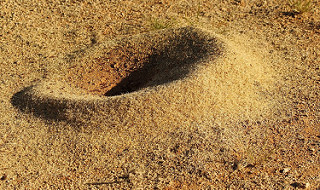
 The desert in this region of Northern Arizona is carpeted with lightning strikes that left crater and mound features like these. The land is on the Colorado Plateau, just south of Monument Valley. They form what some call fairy rings when seen from the air.
The desert in this region of Northern Arizona is carpeted with lightning strikes that left crater and mound features like these. The land is on the Colorado Plateau, just south of Monument Valley. They form what some call fairy rings when seen from the air.